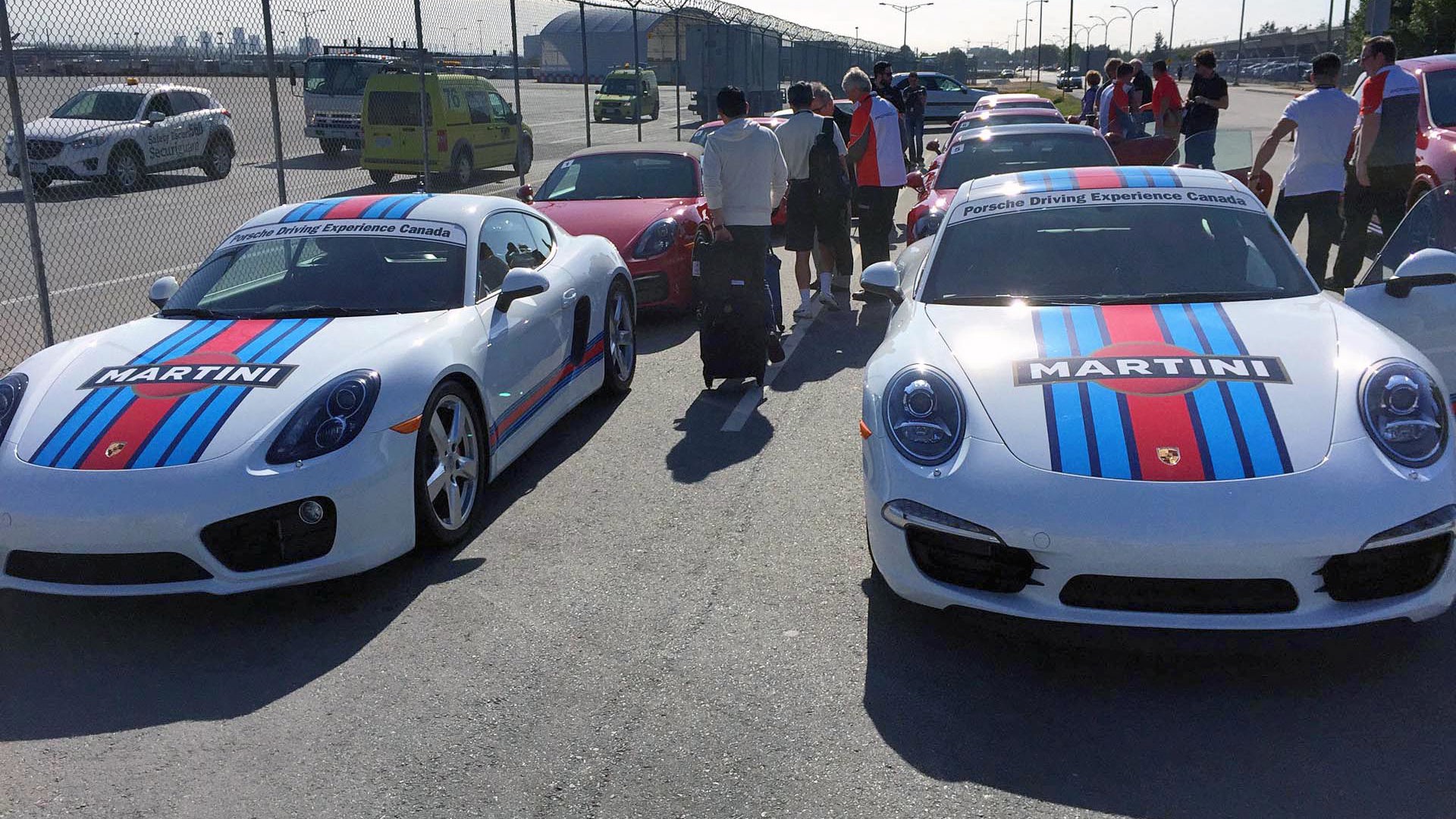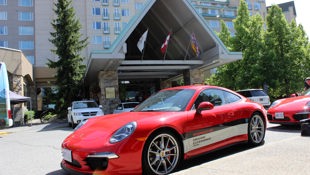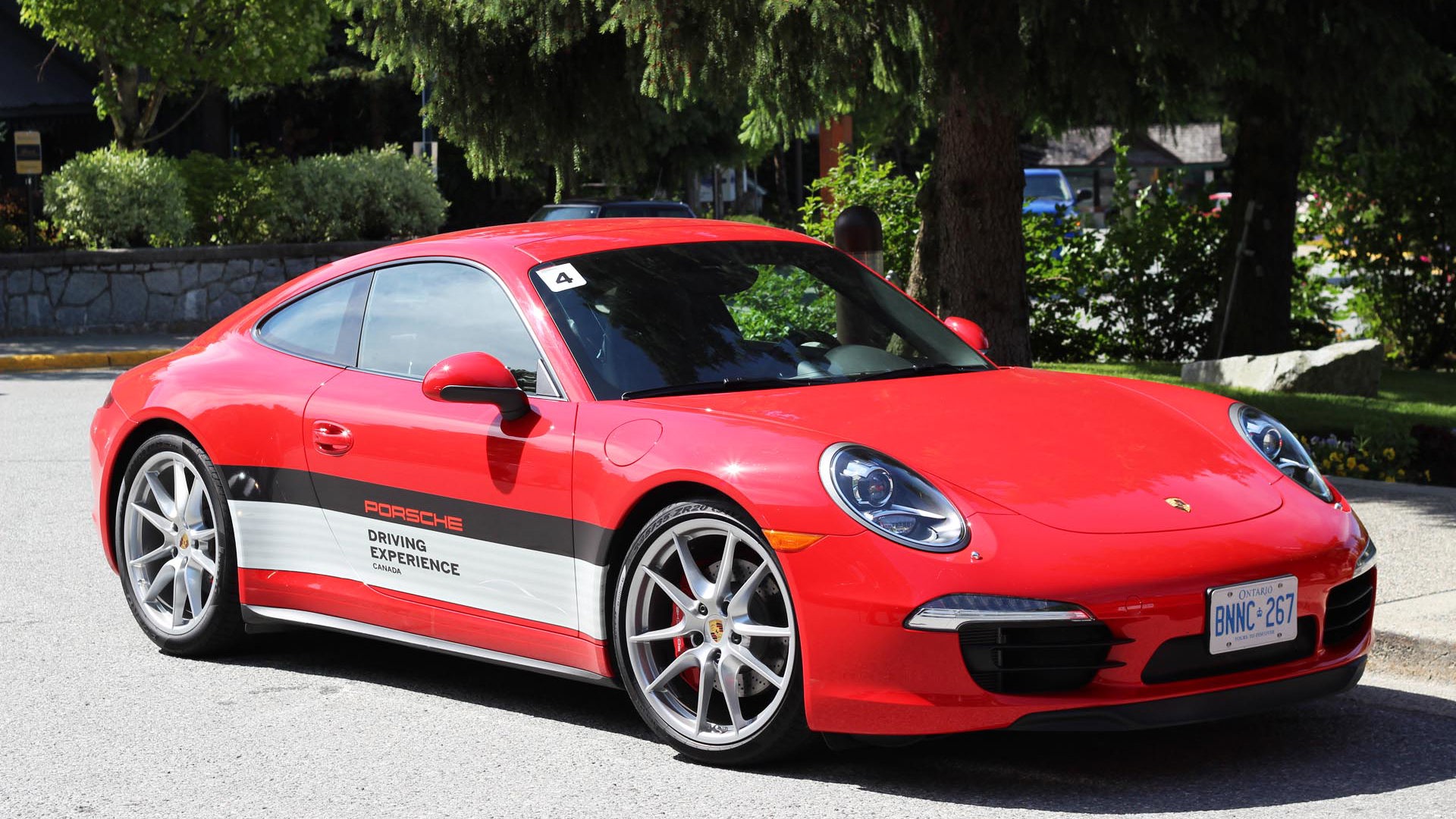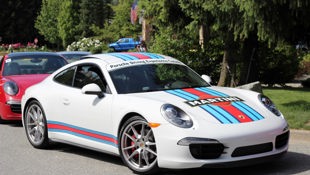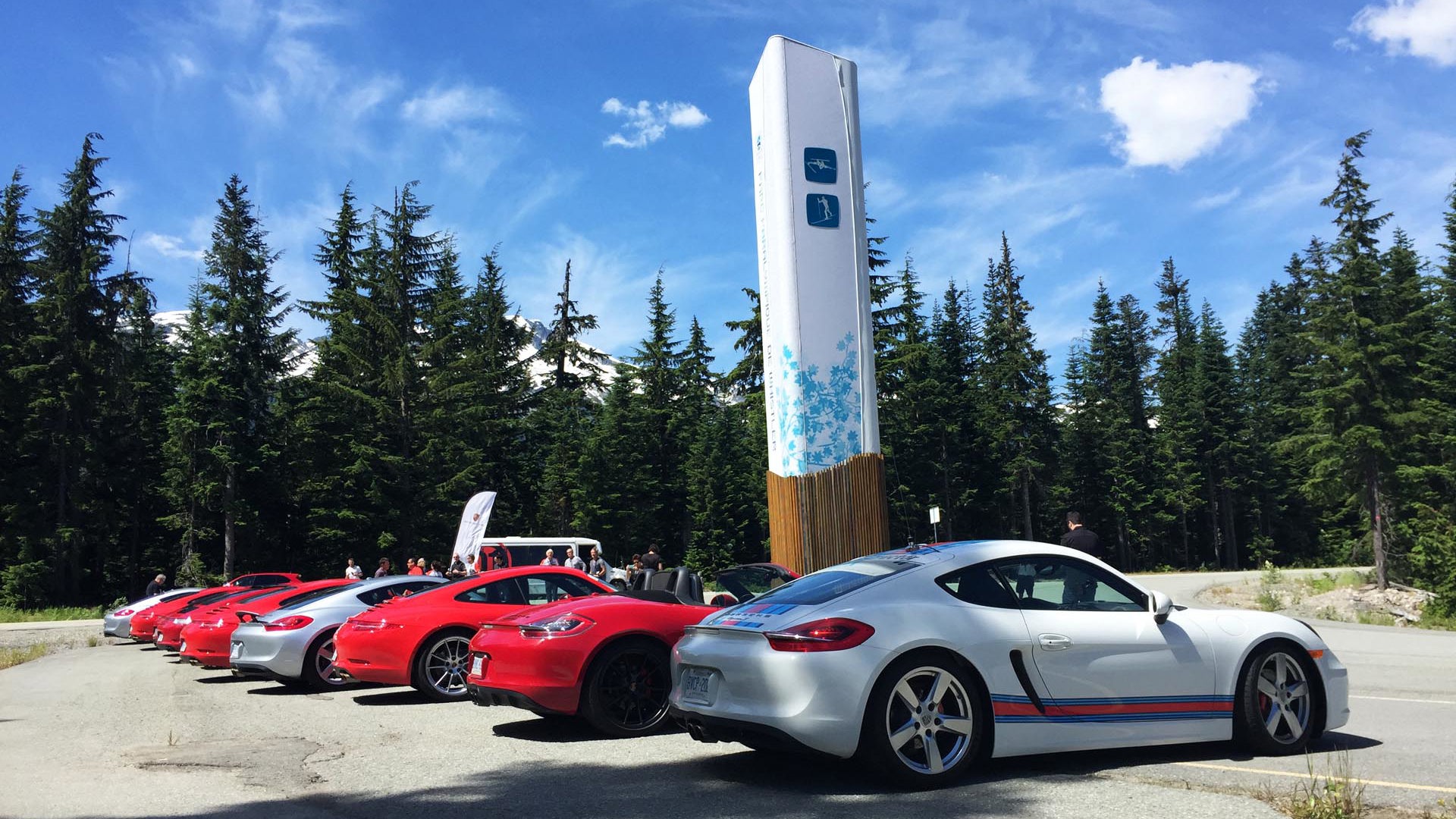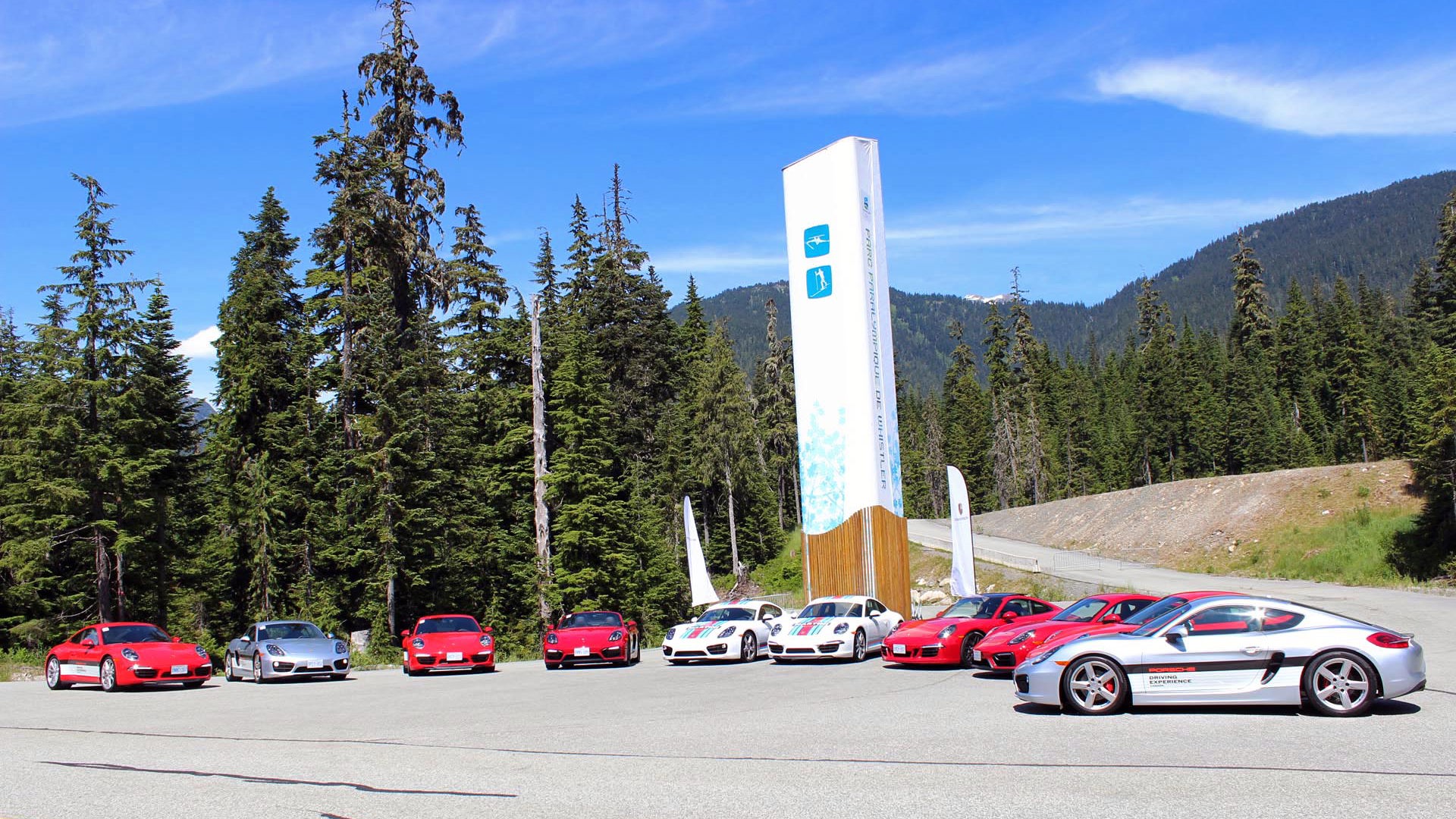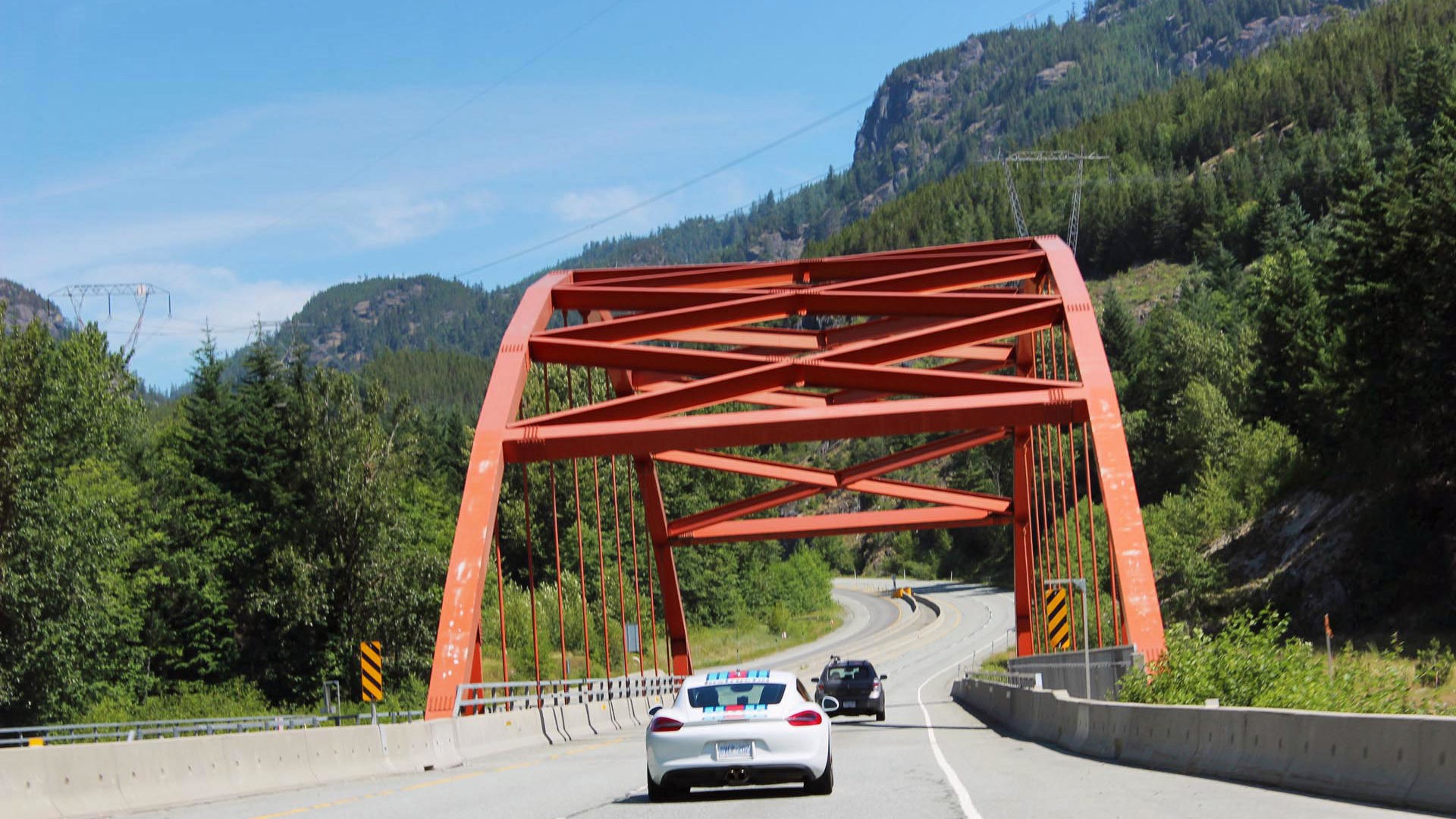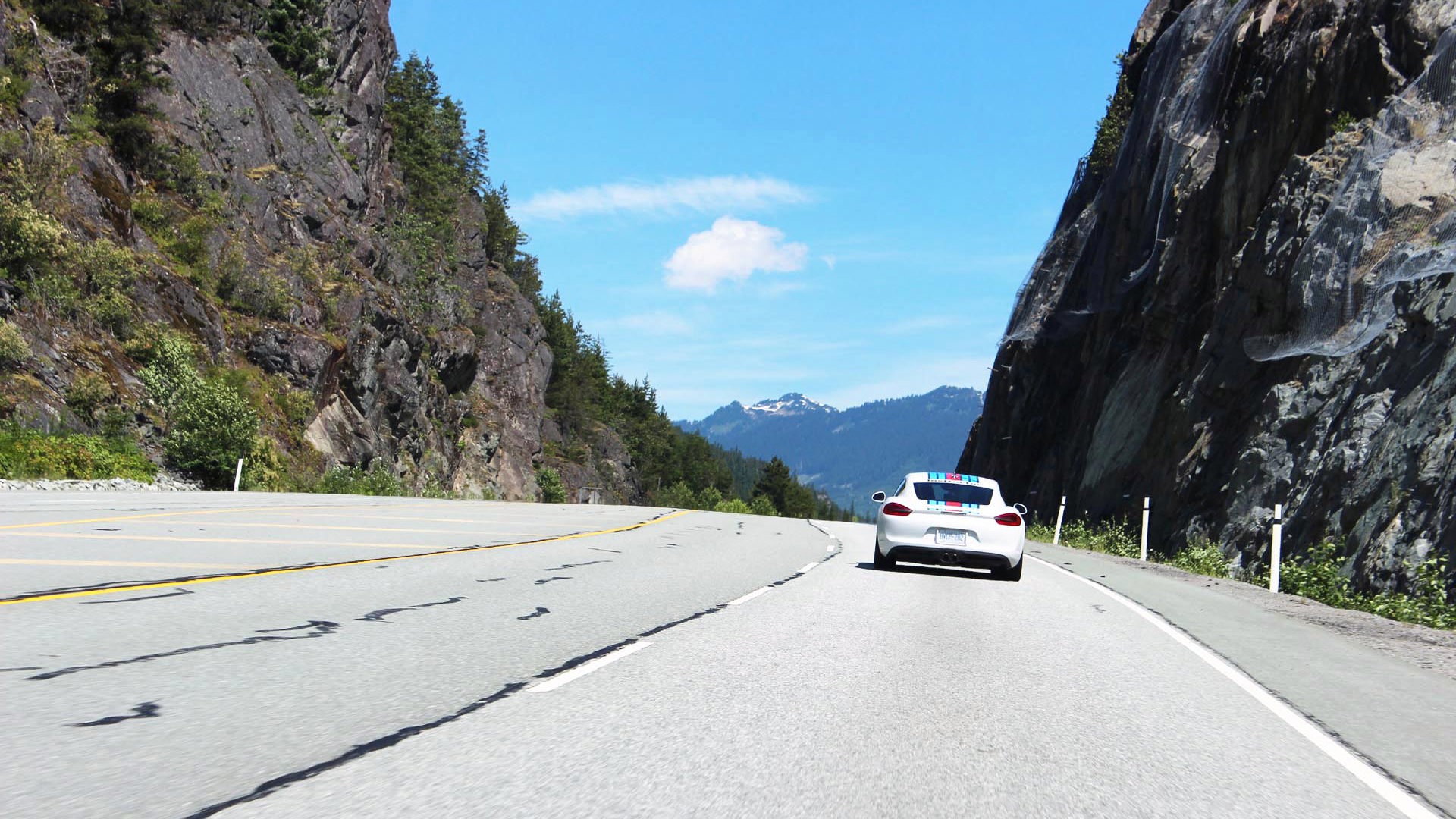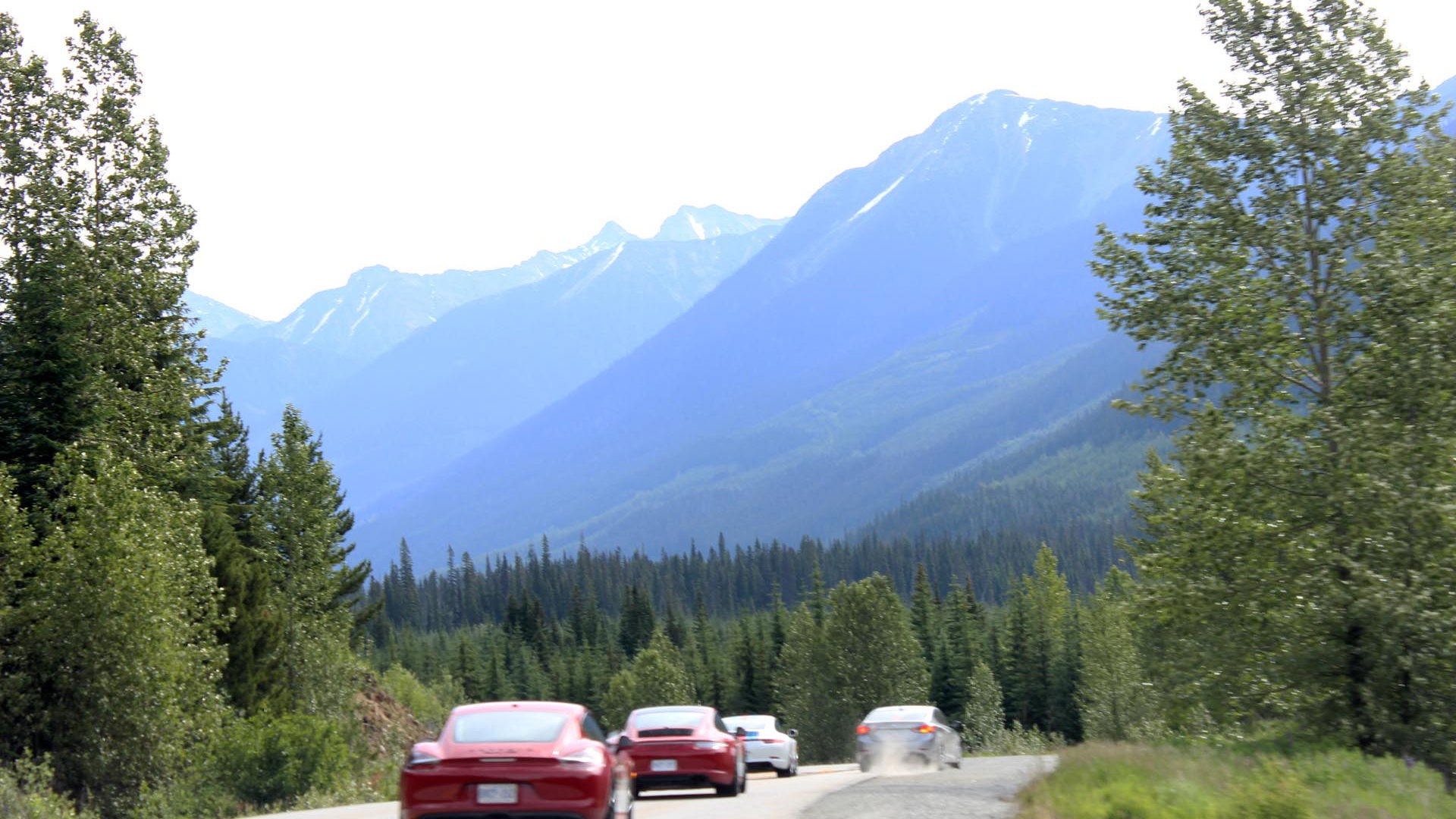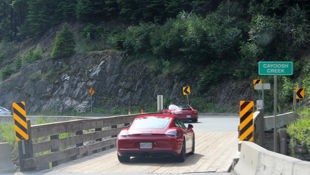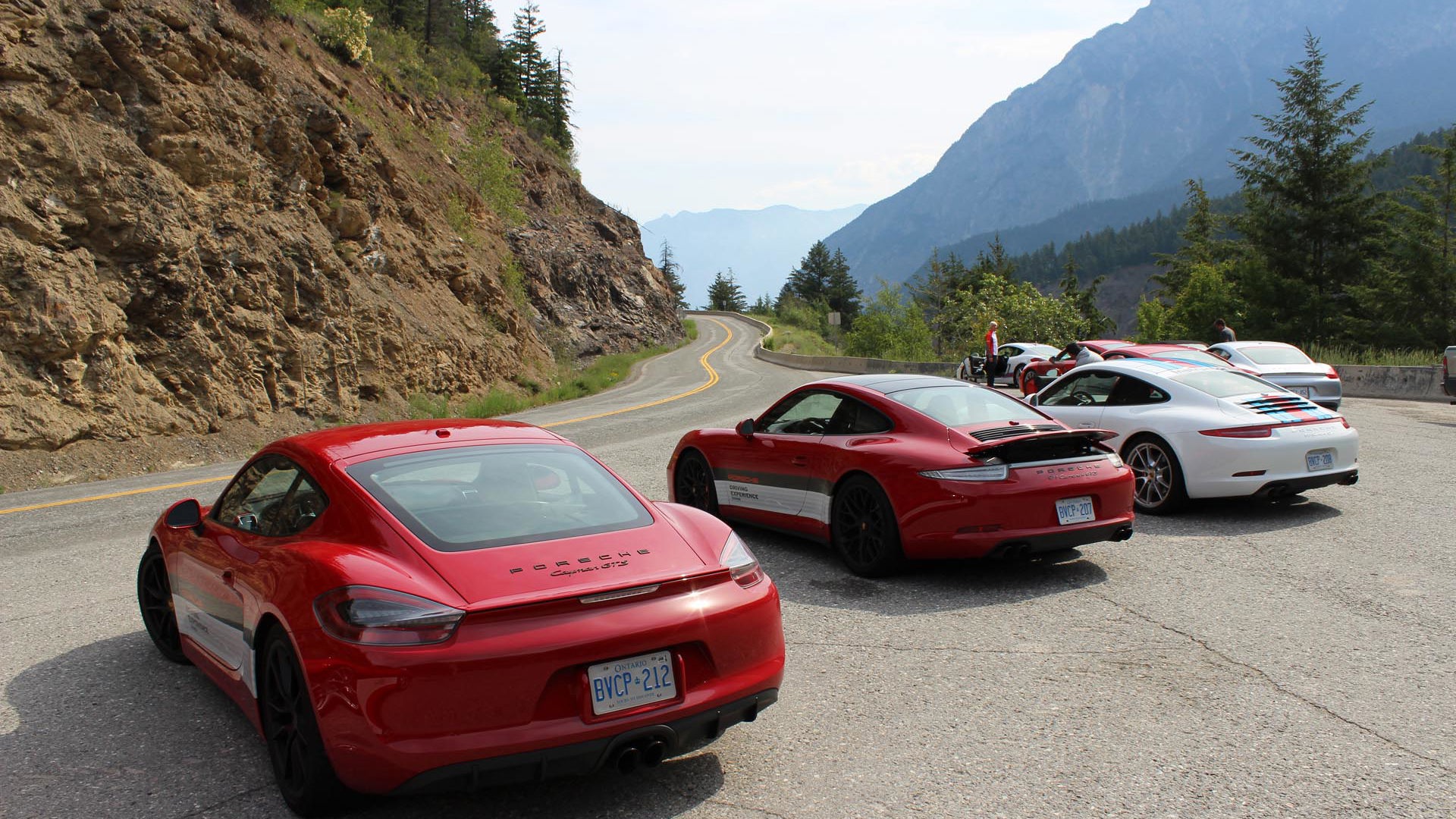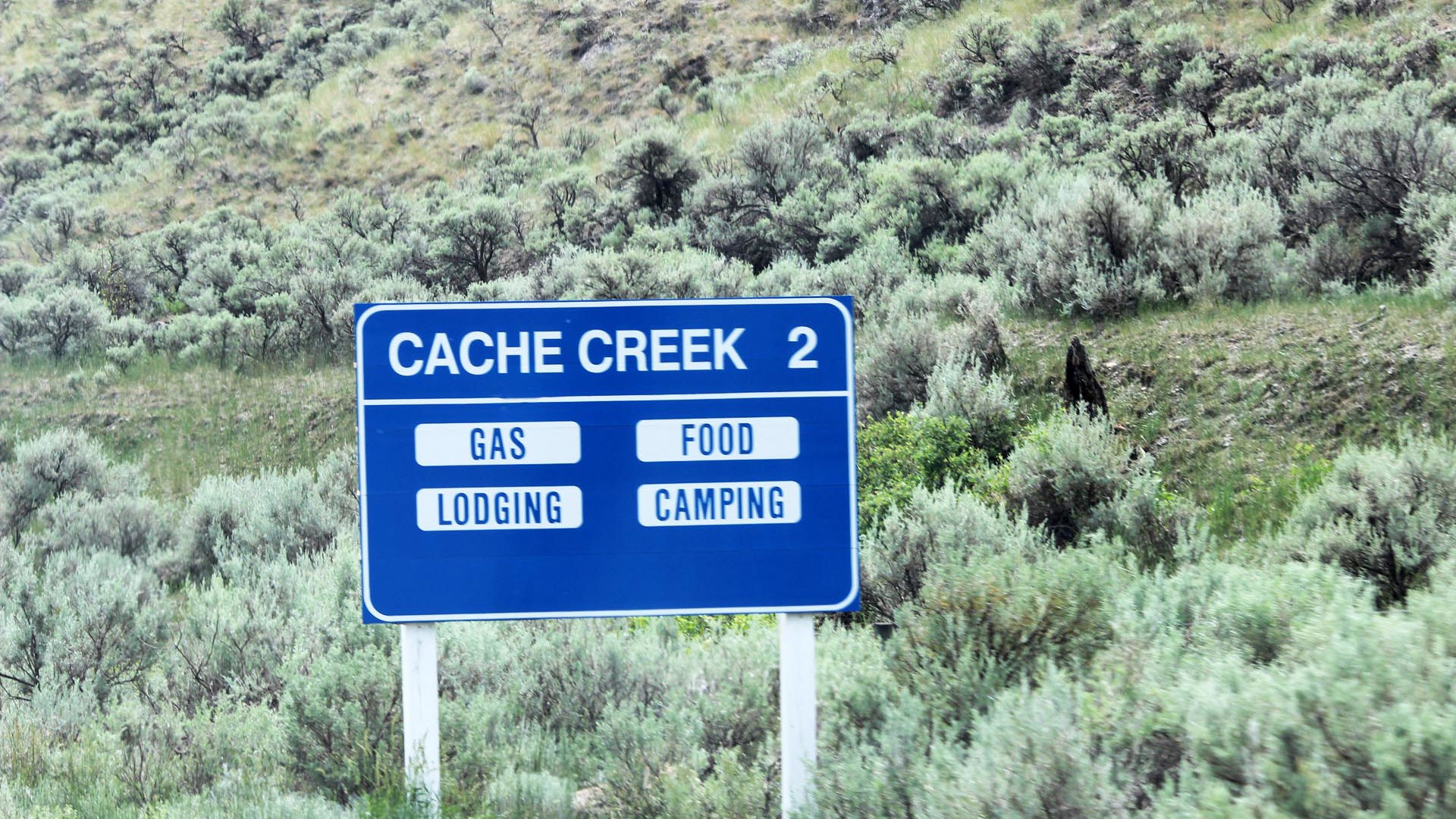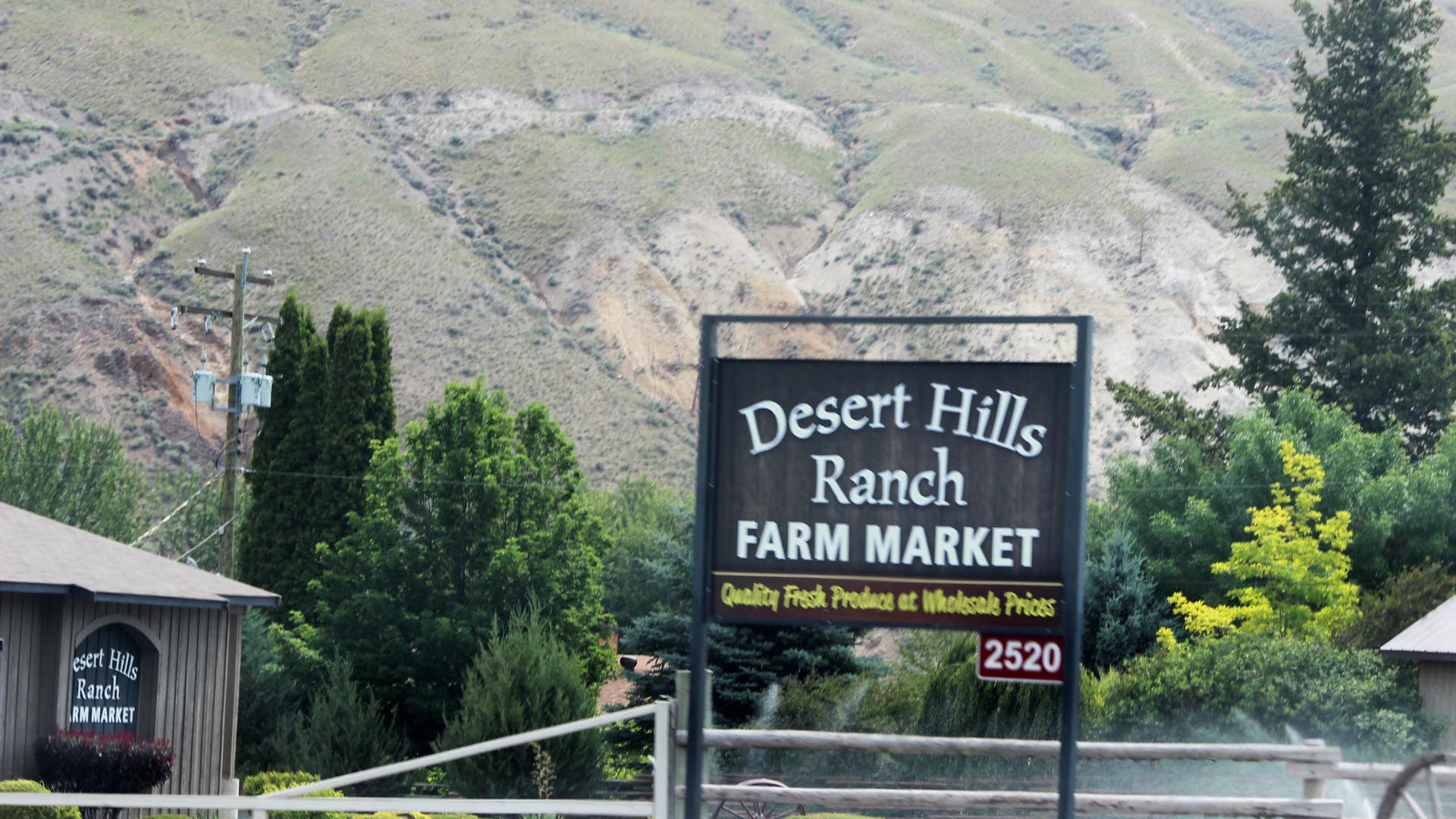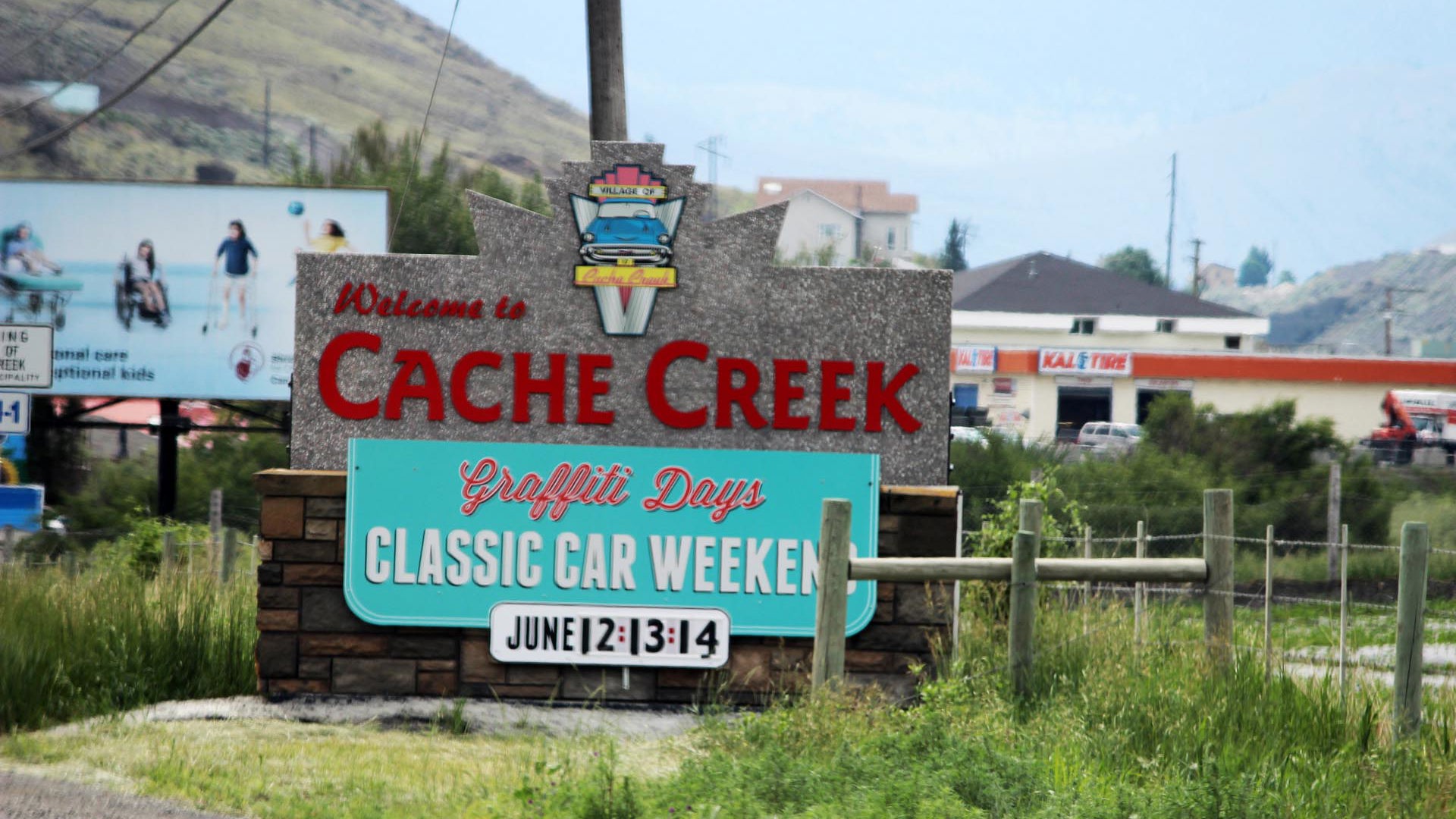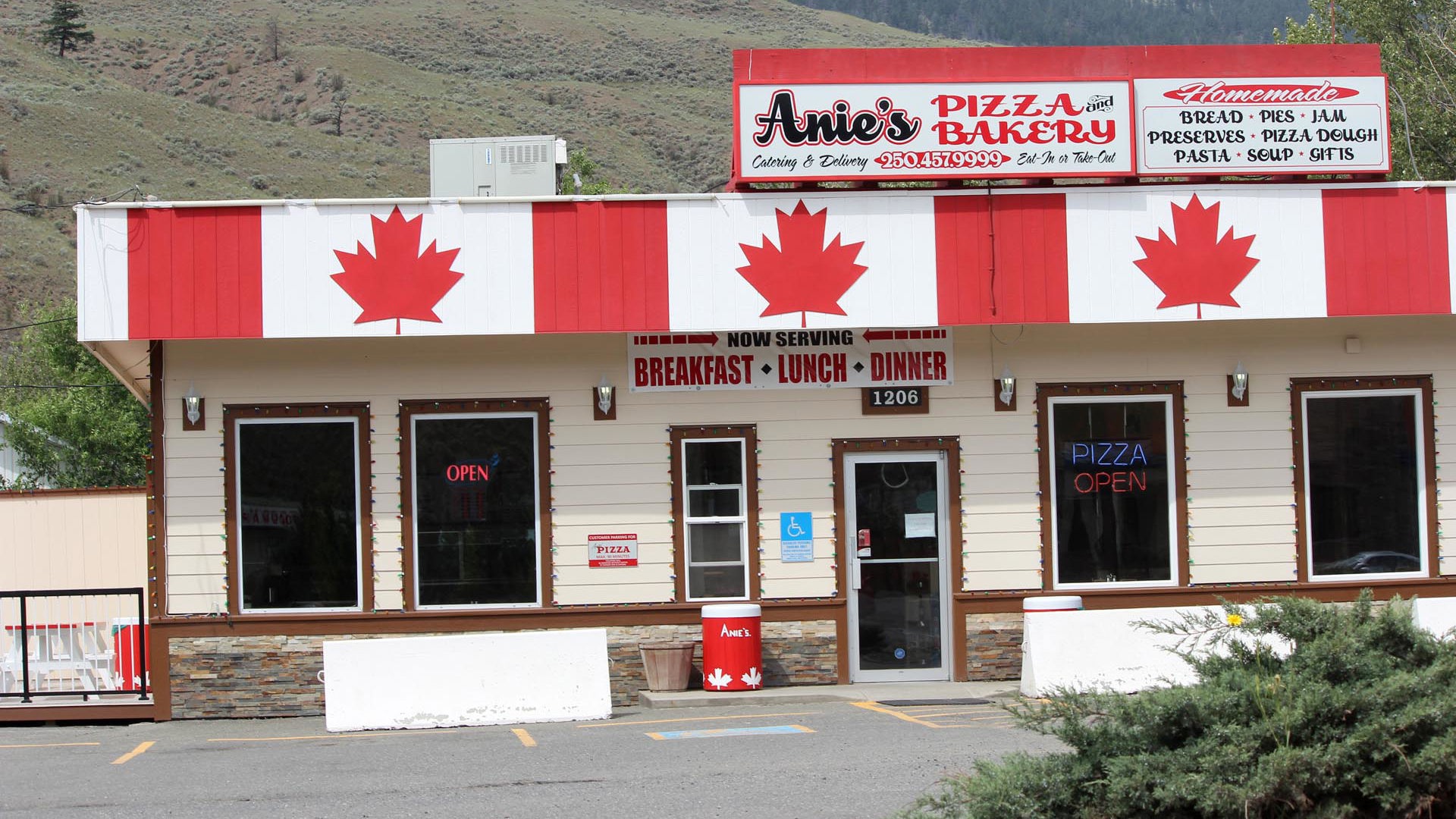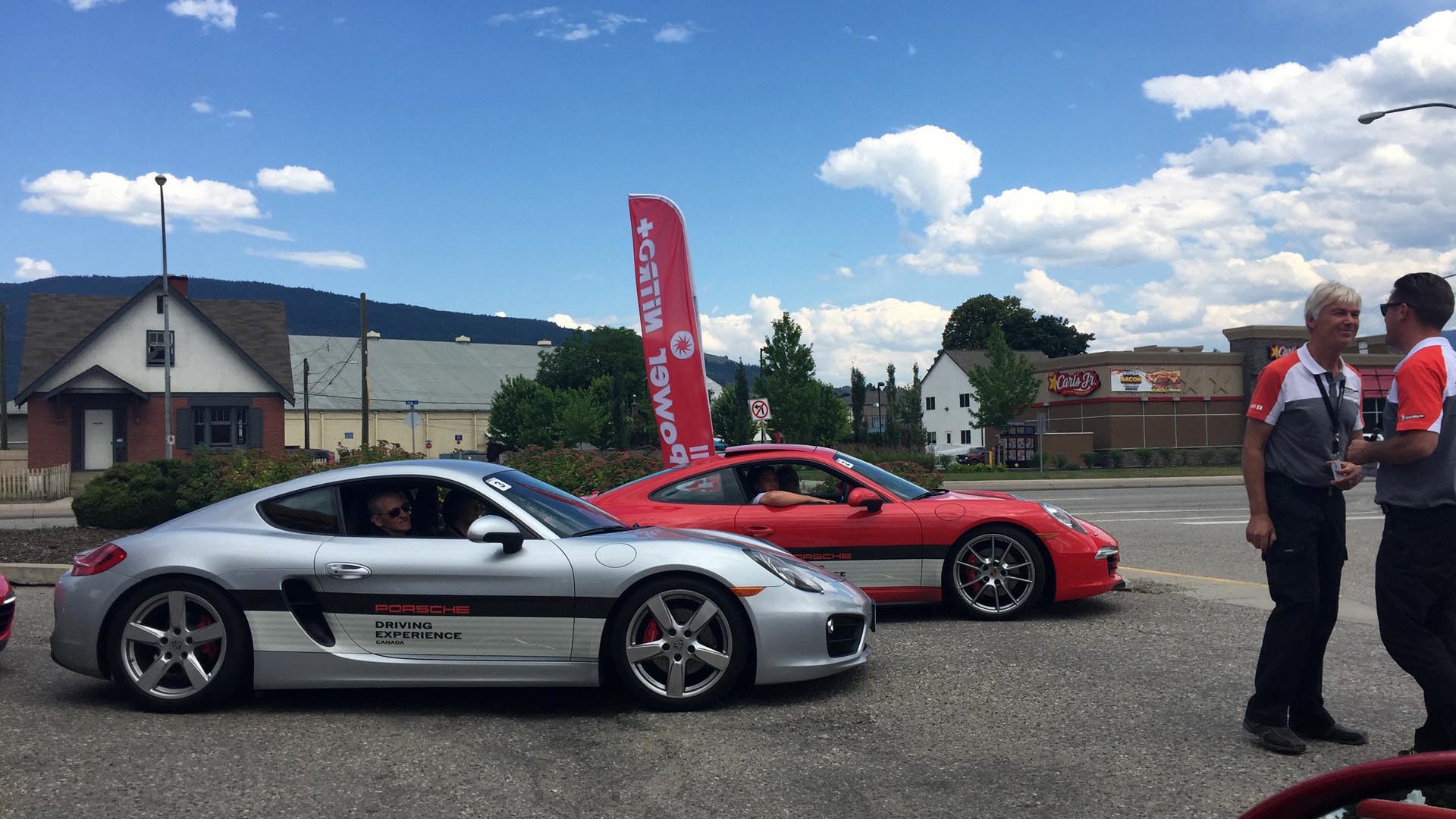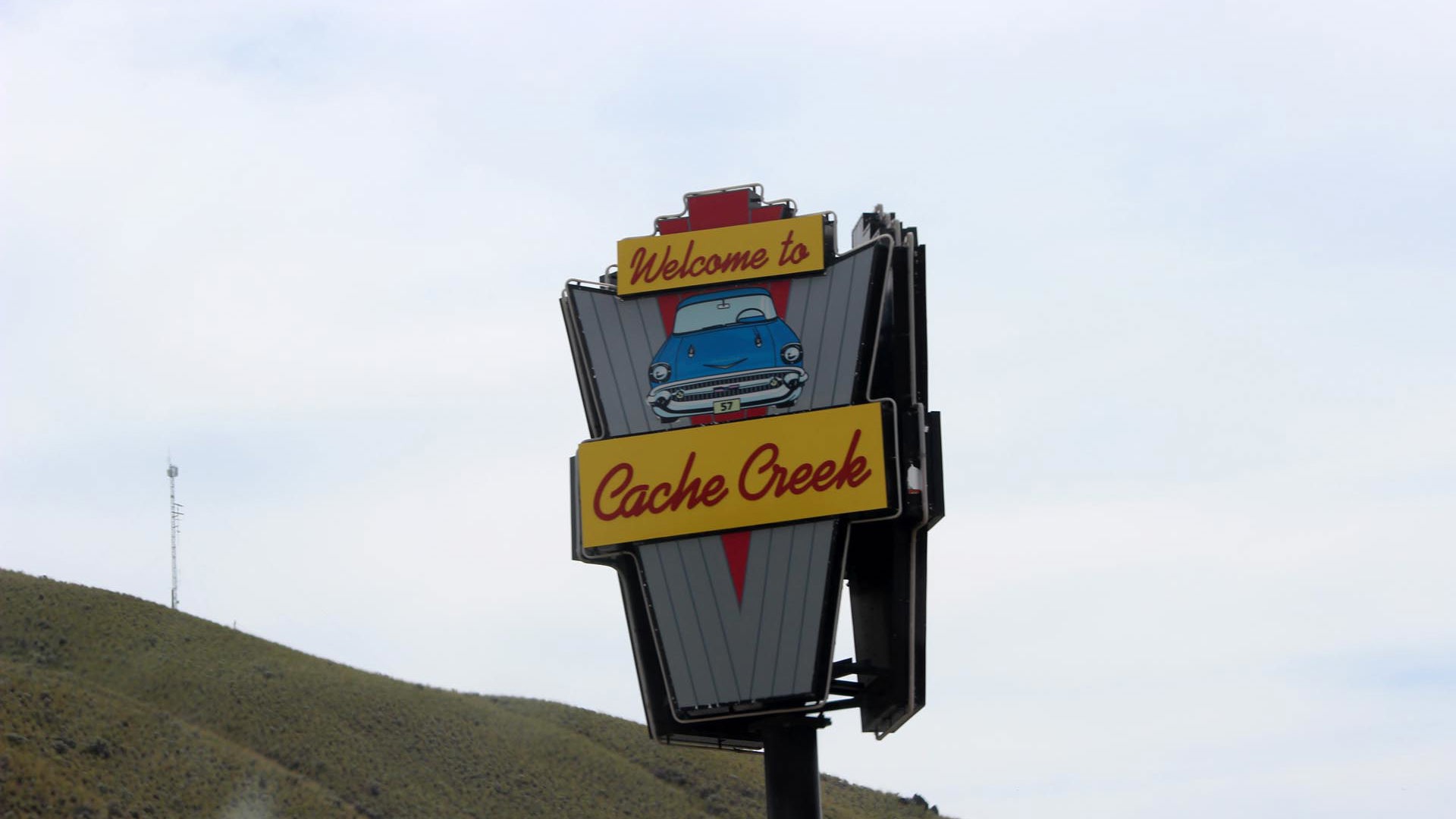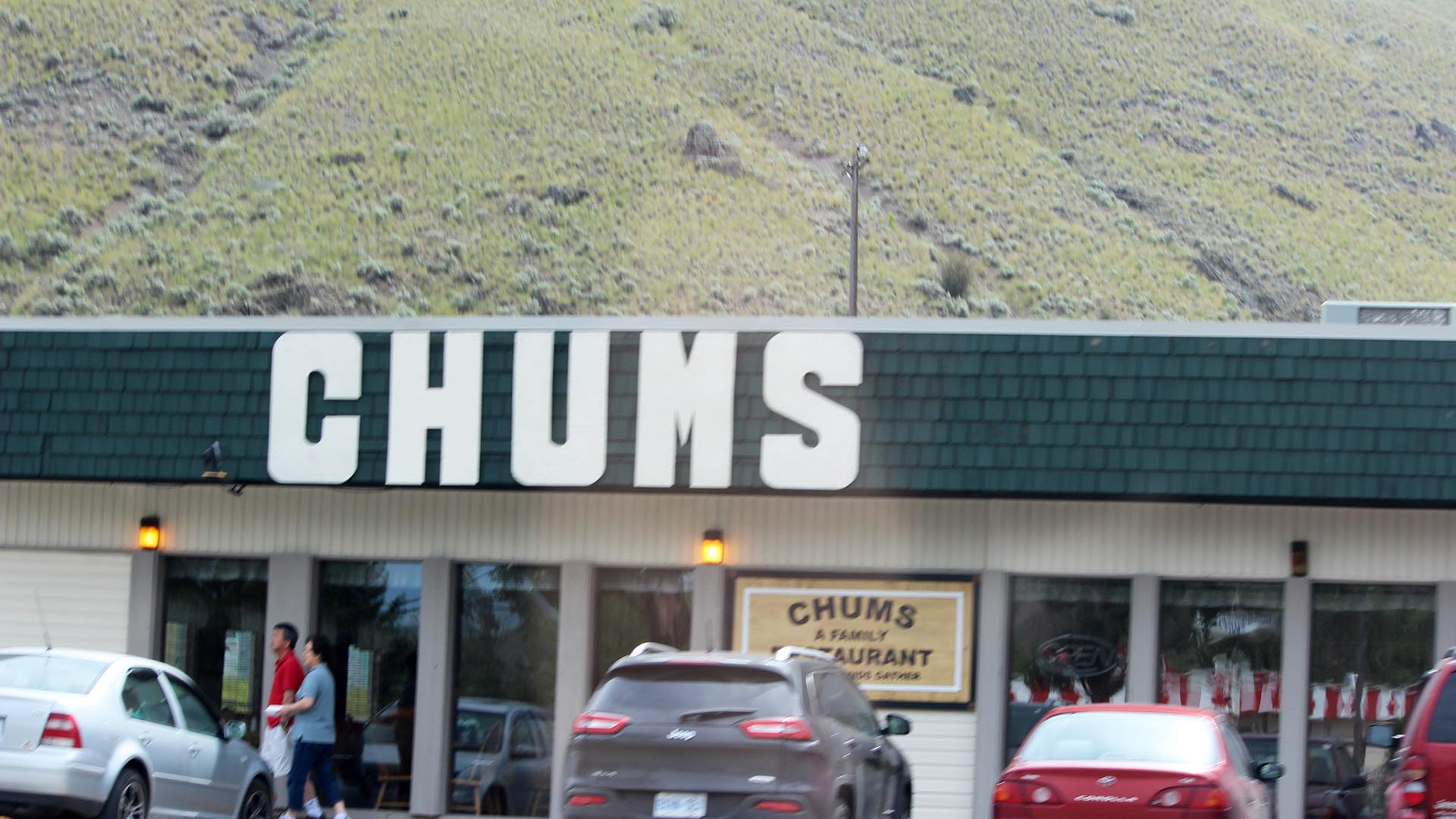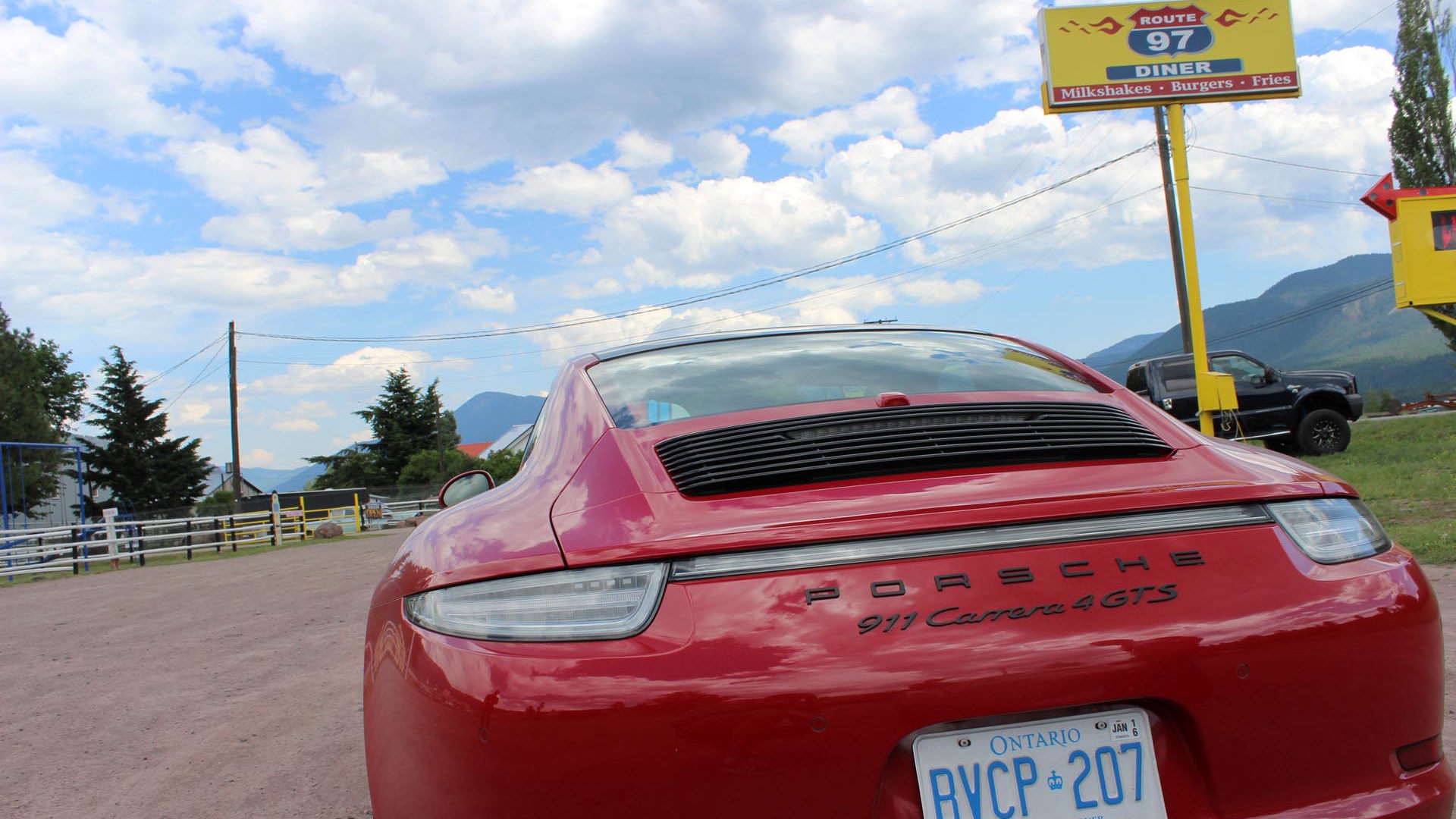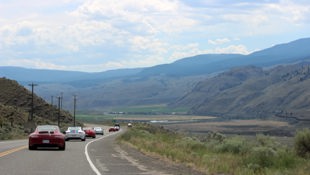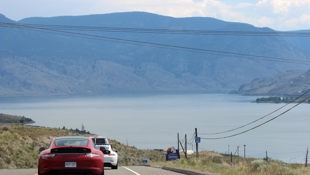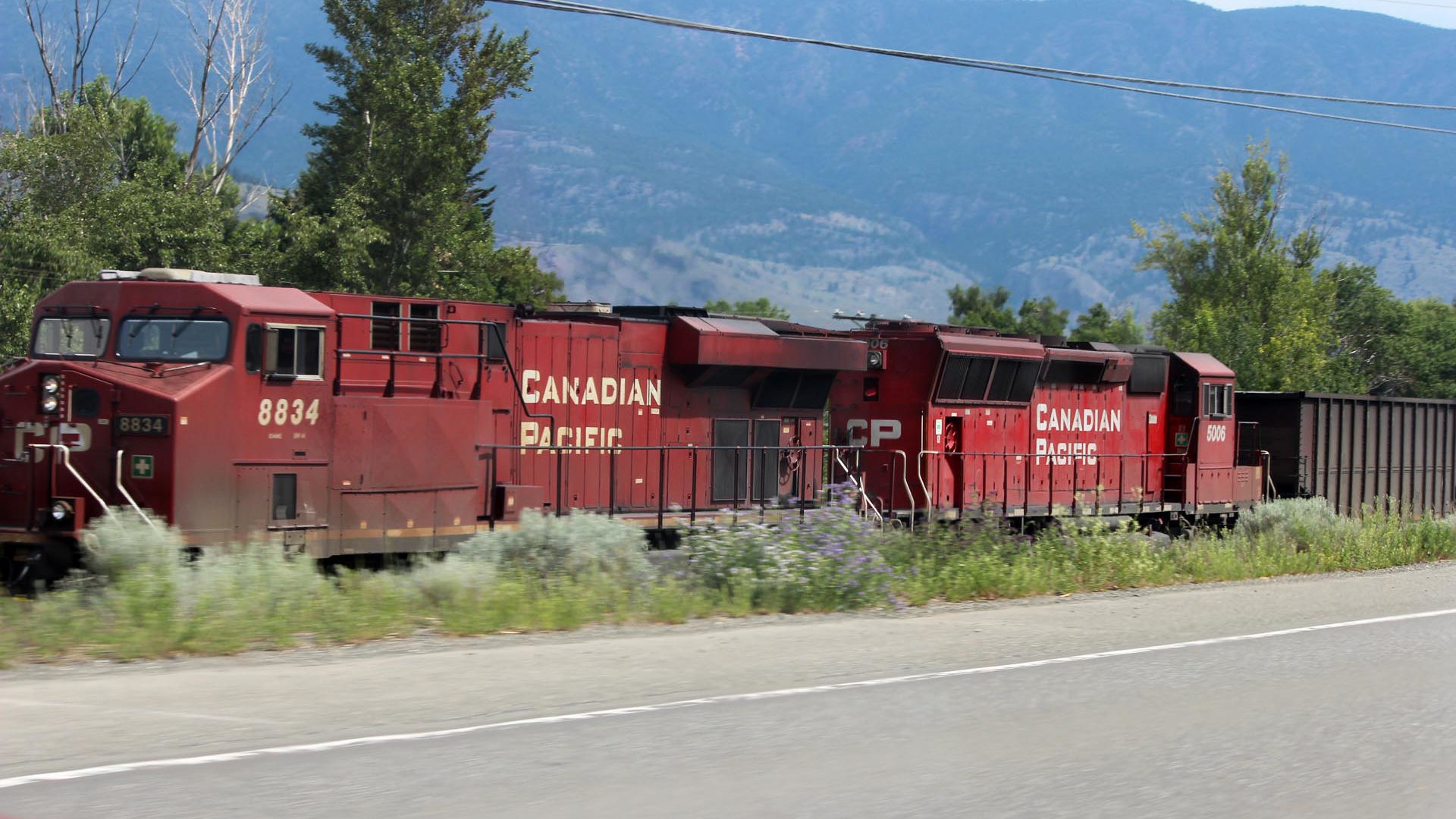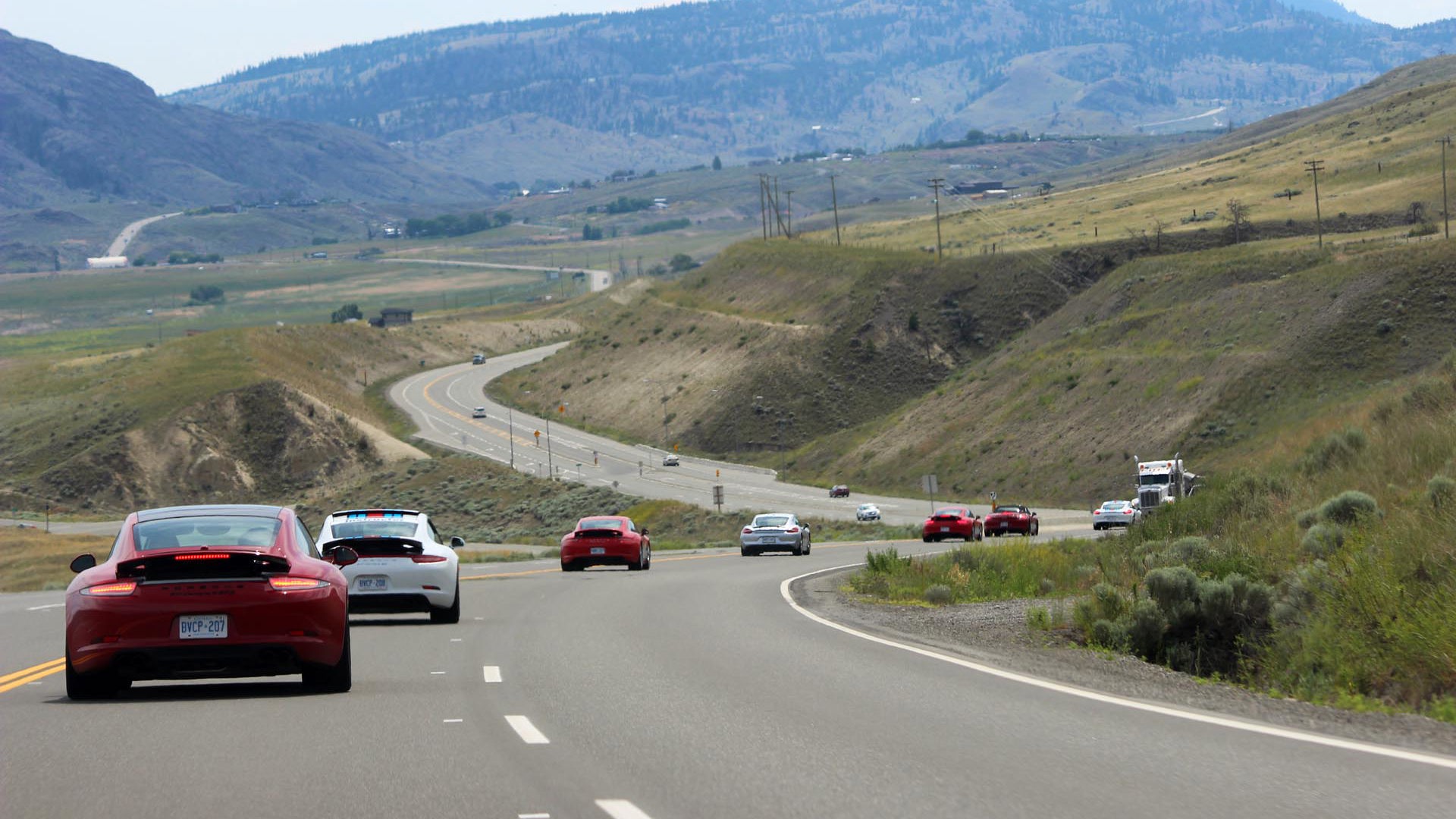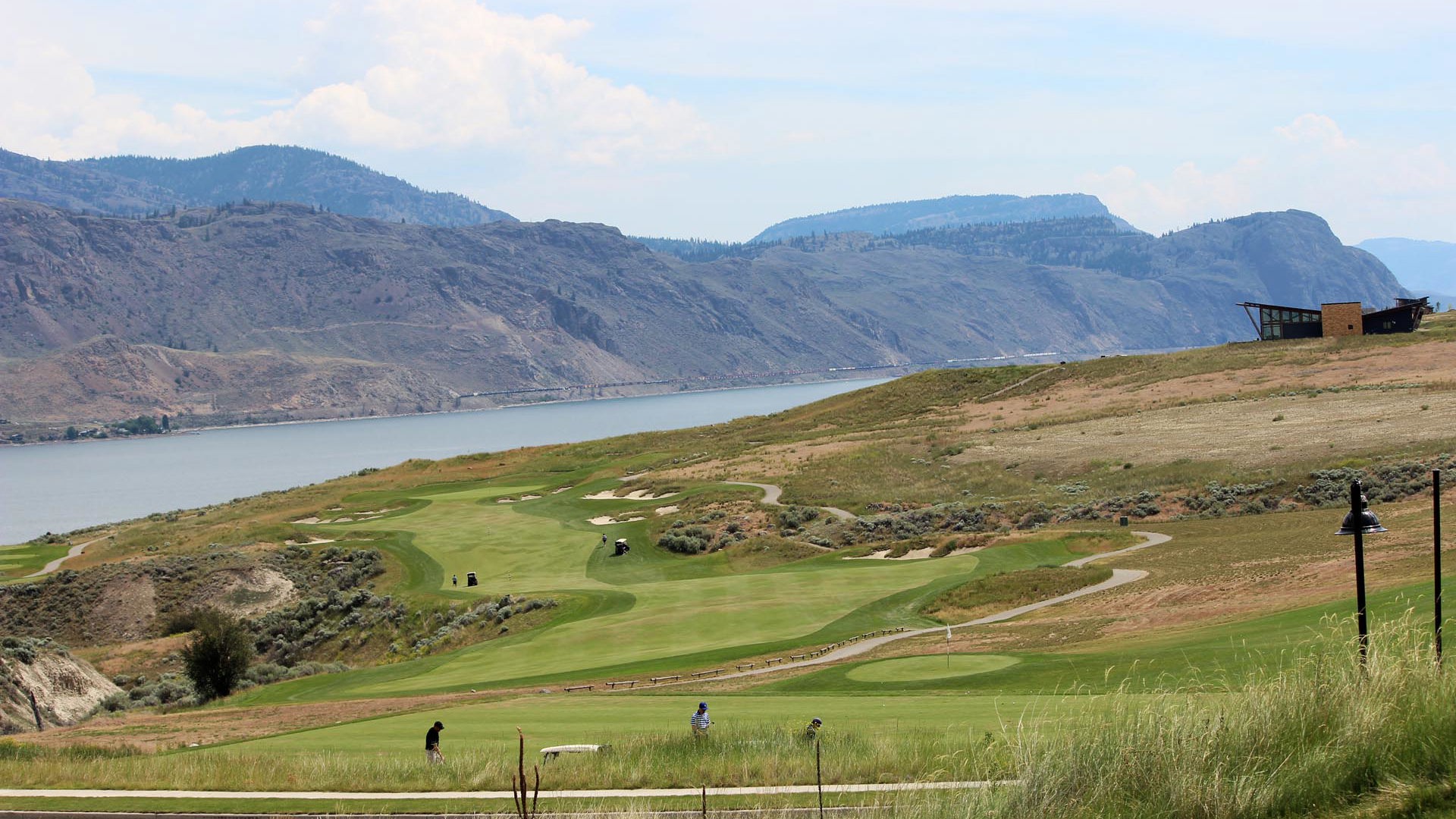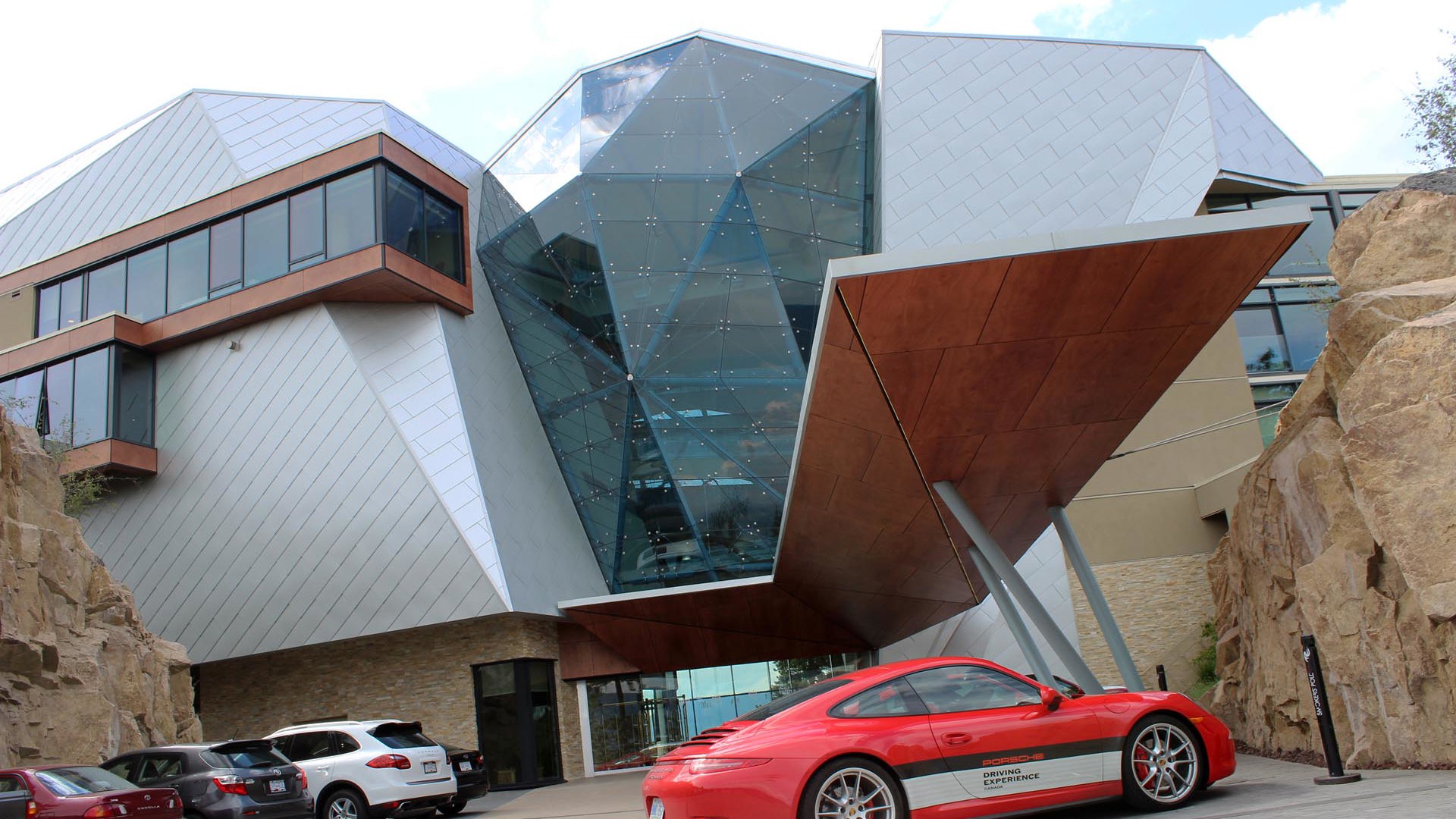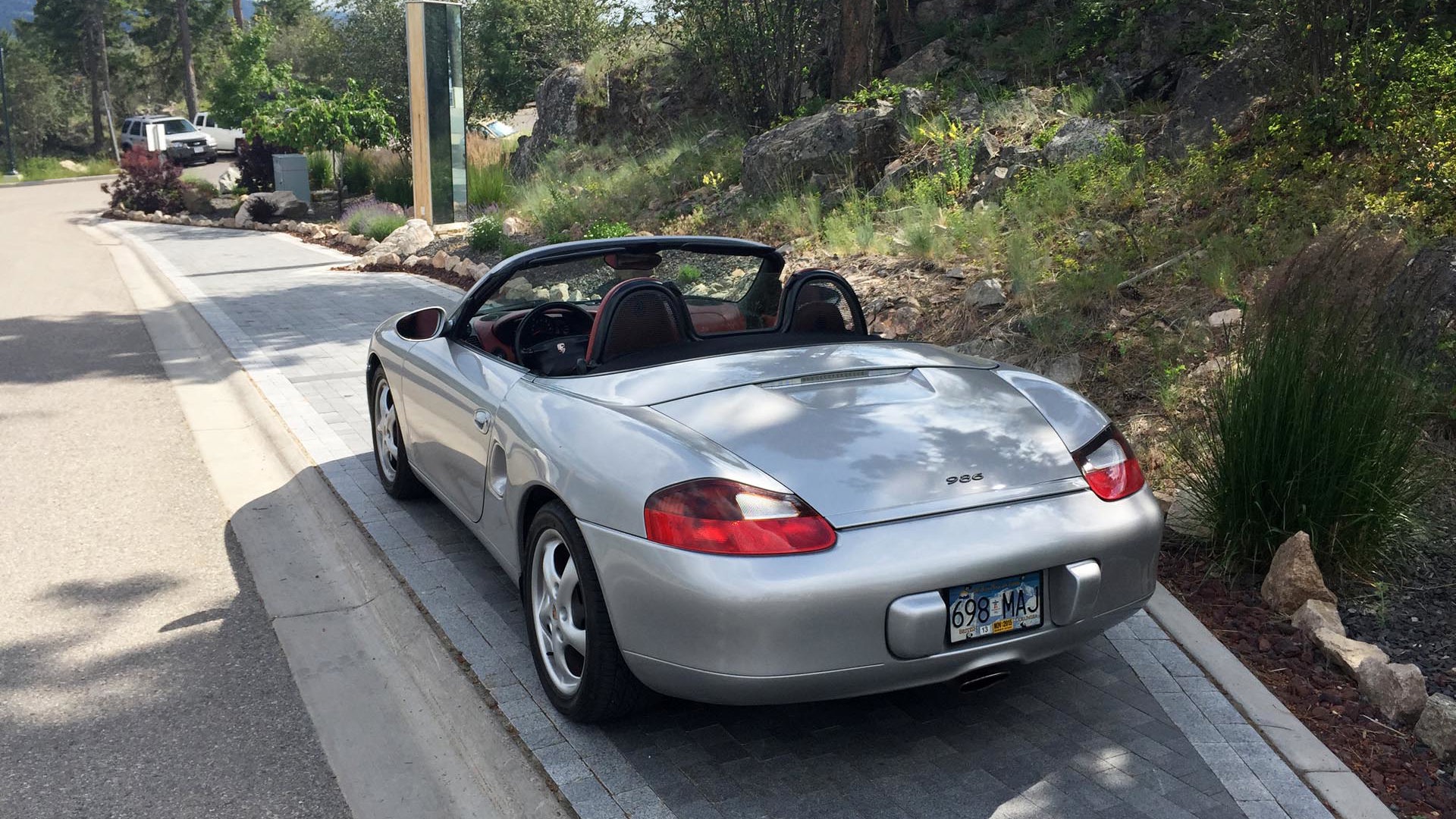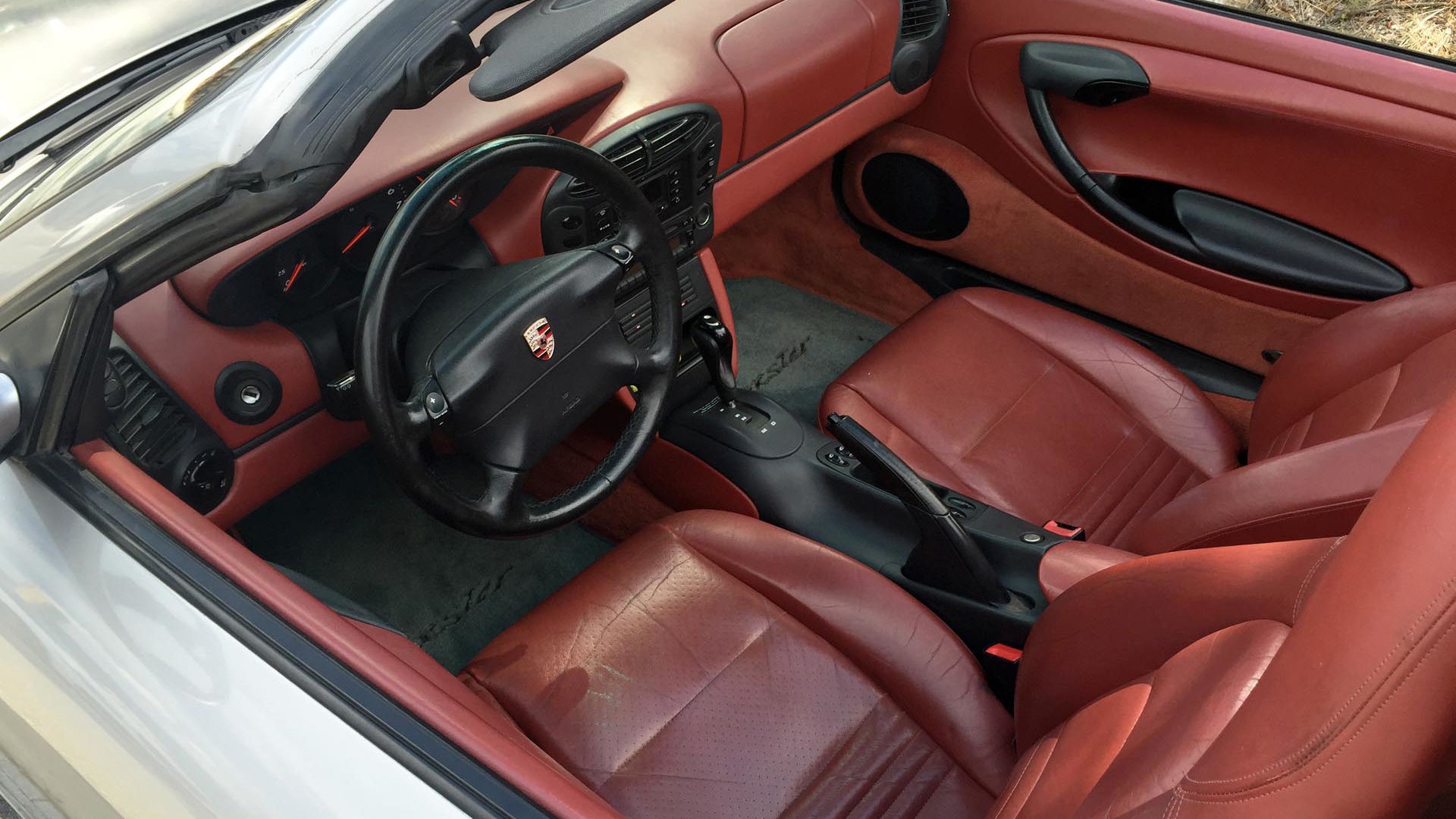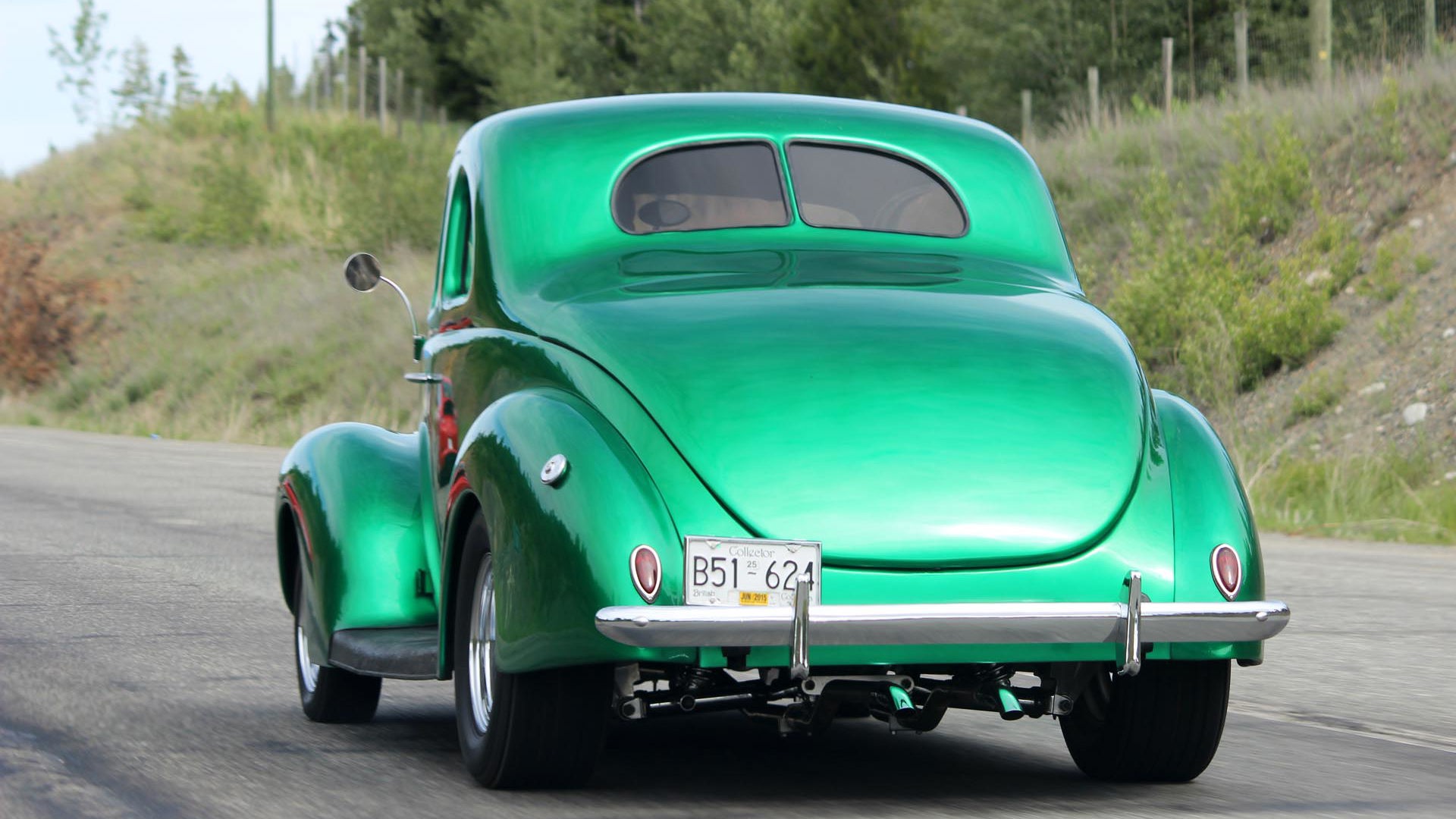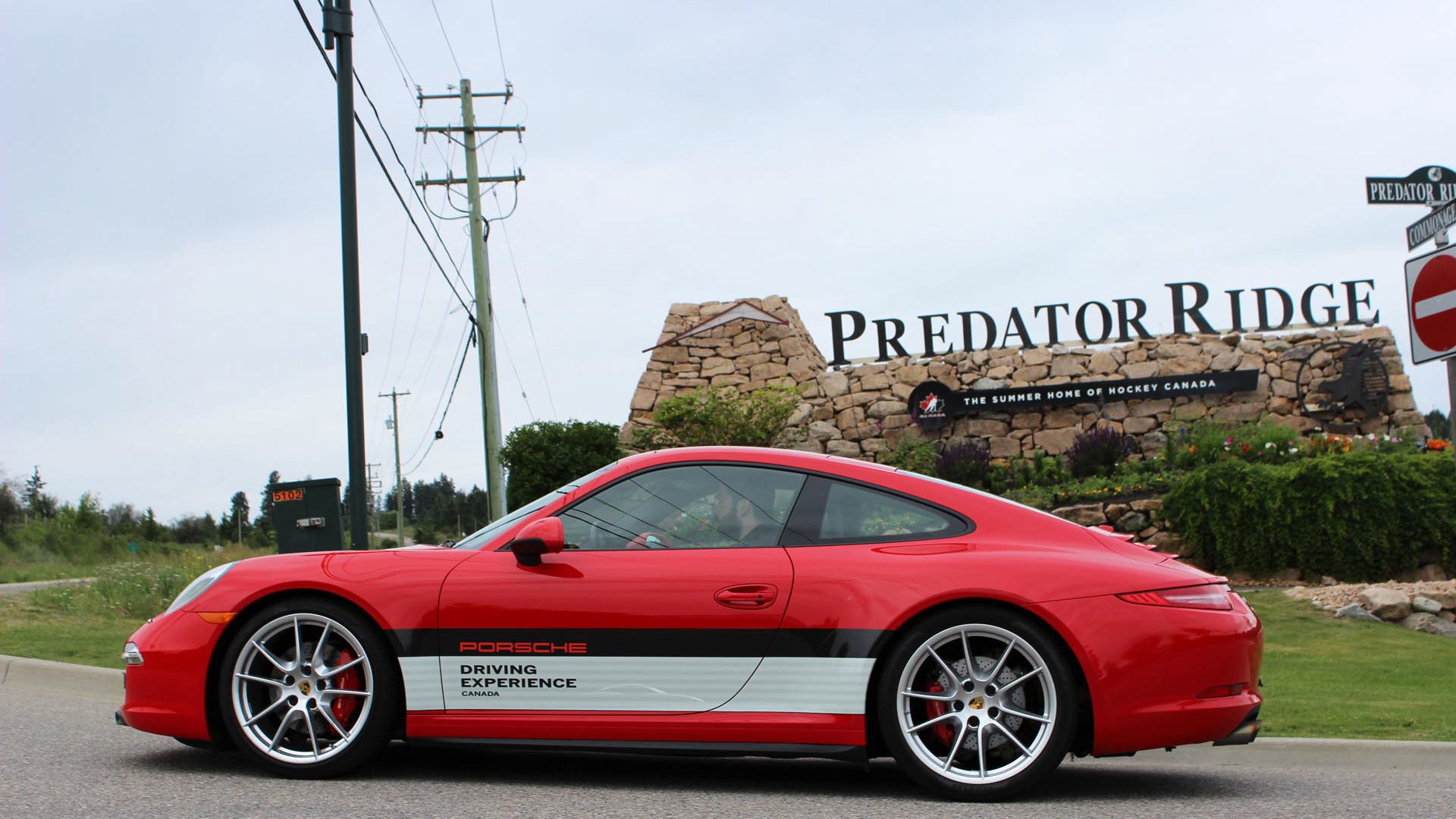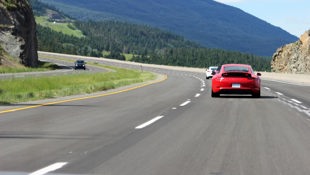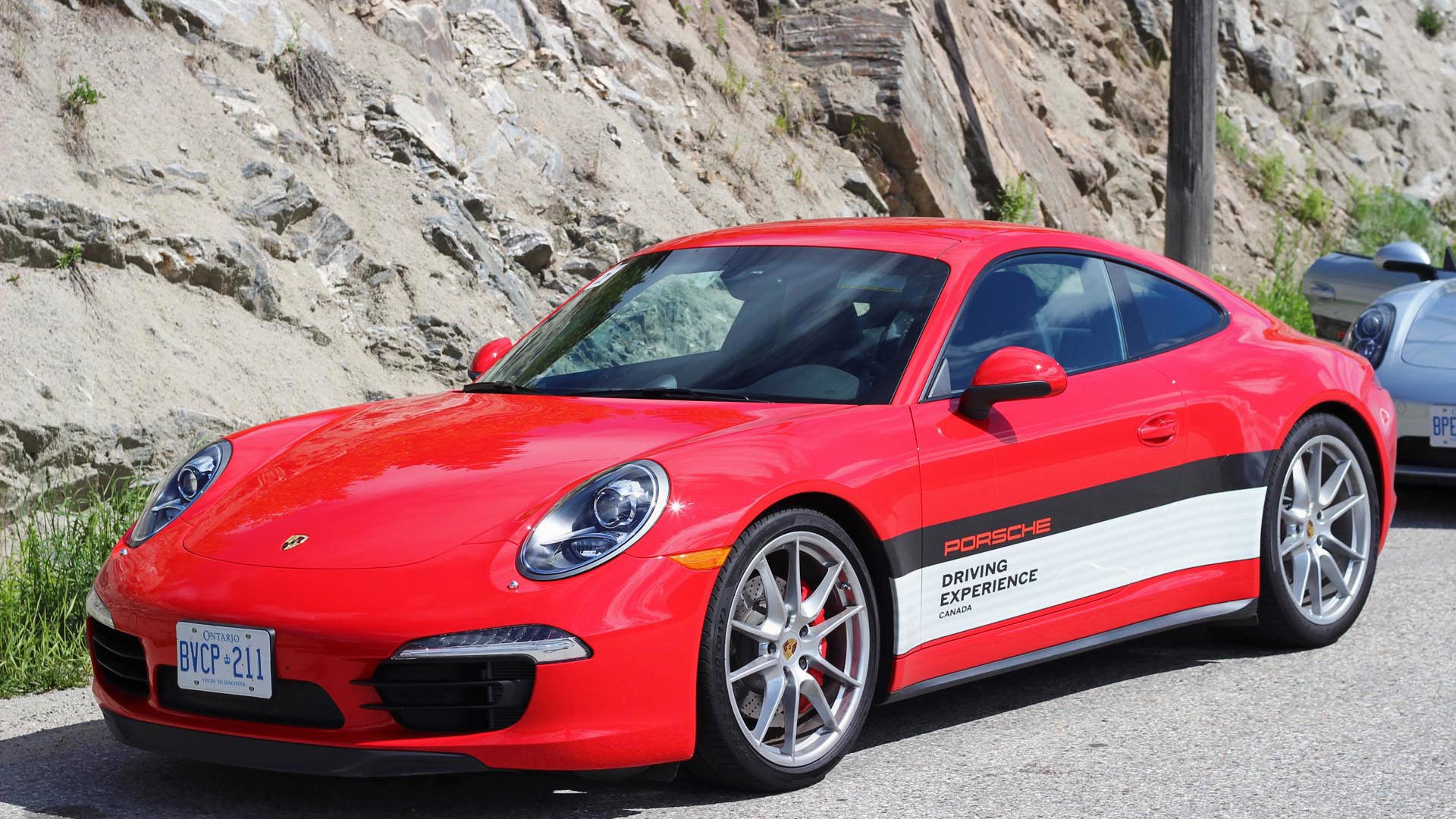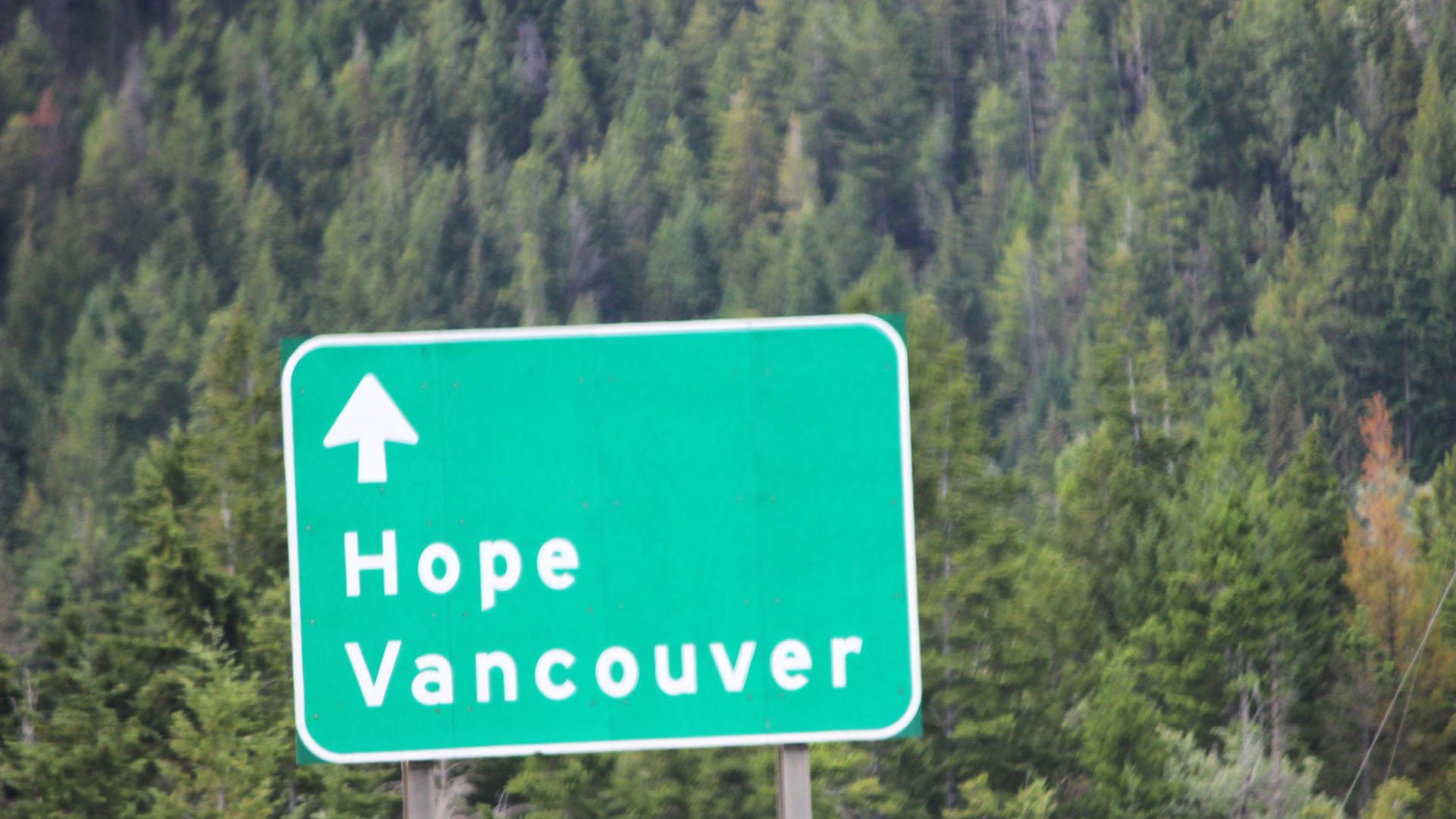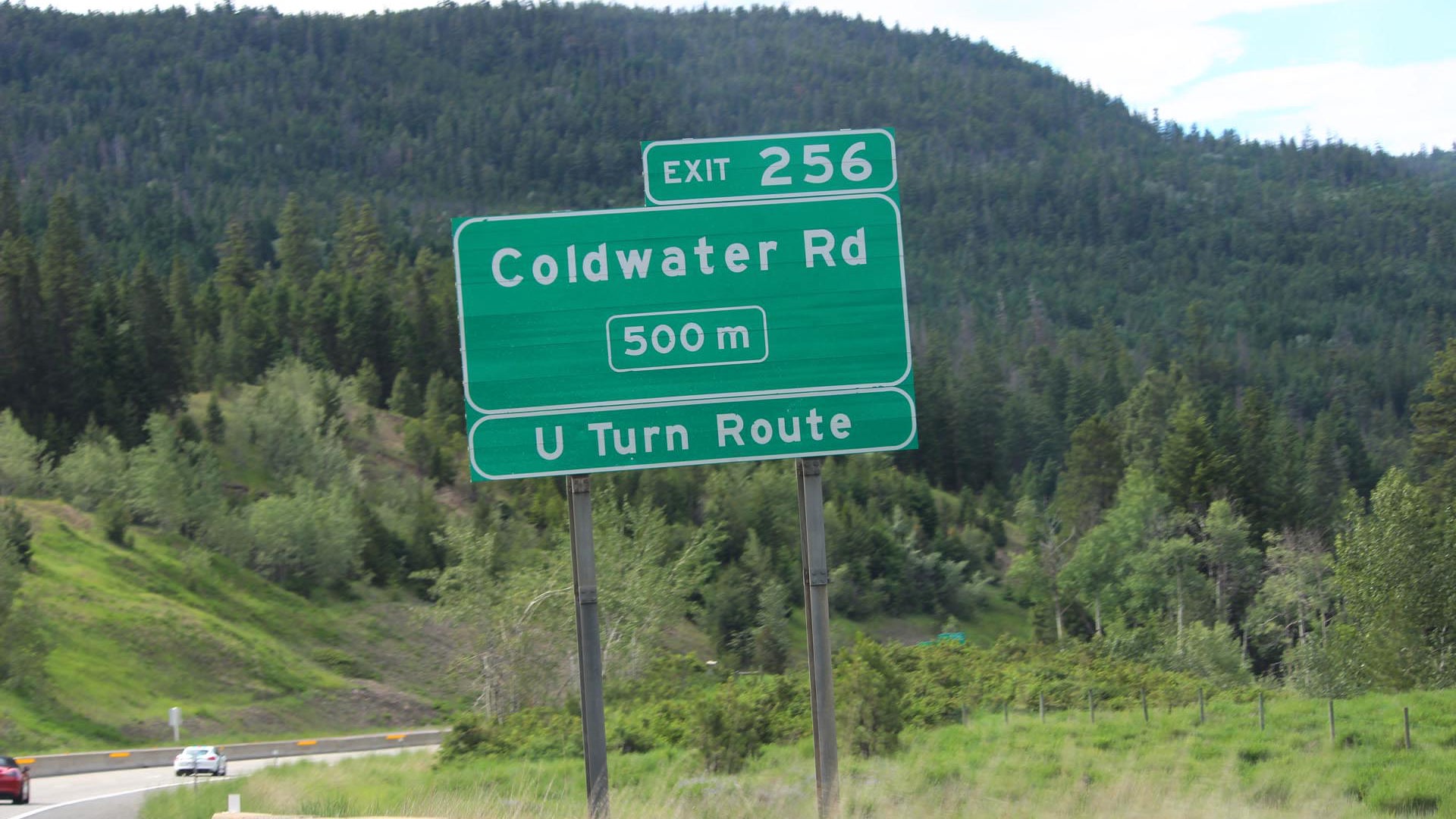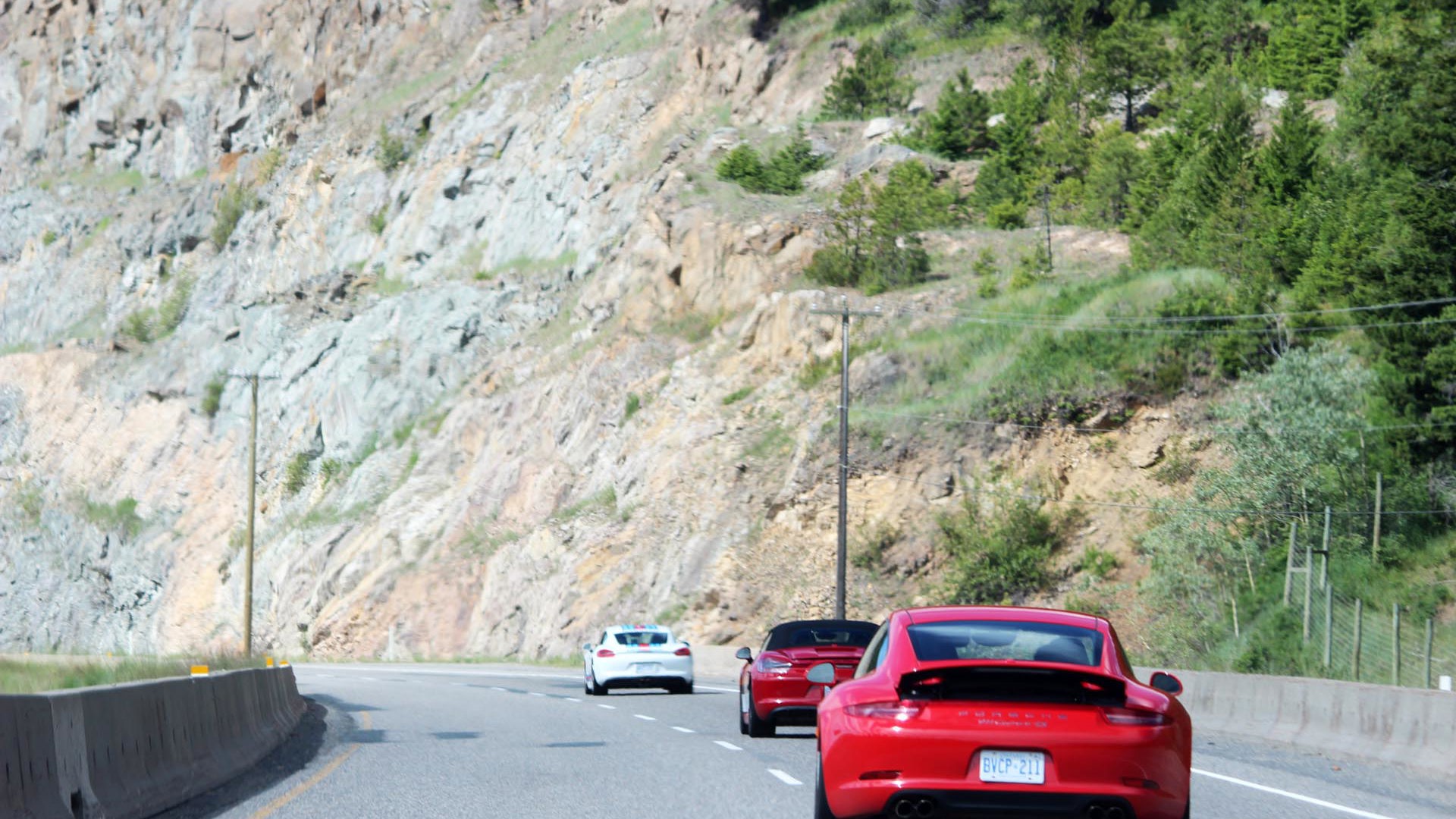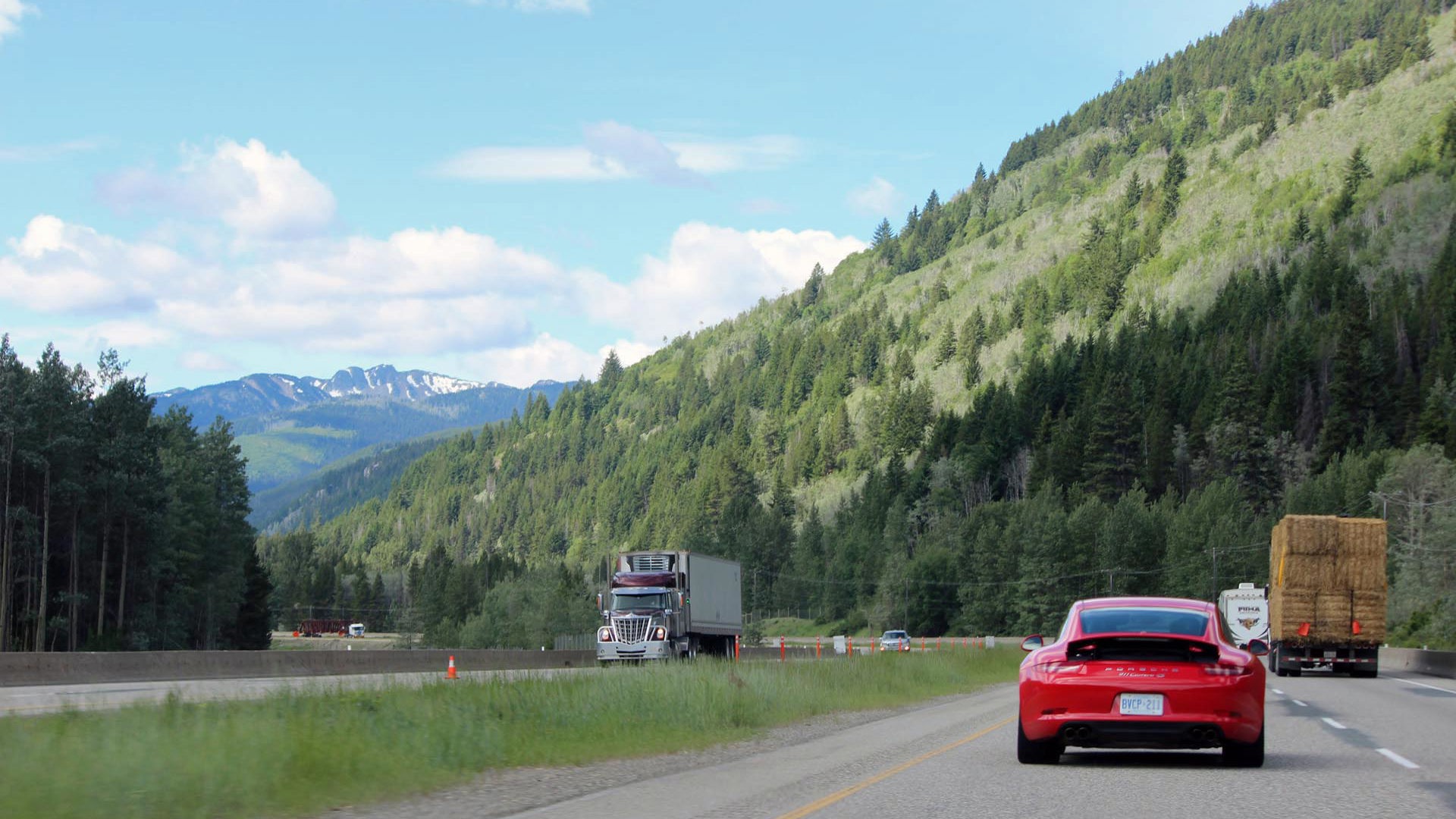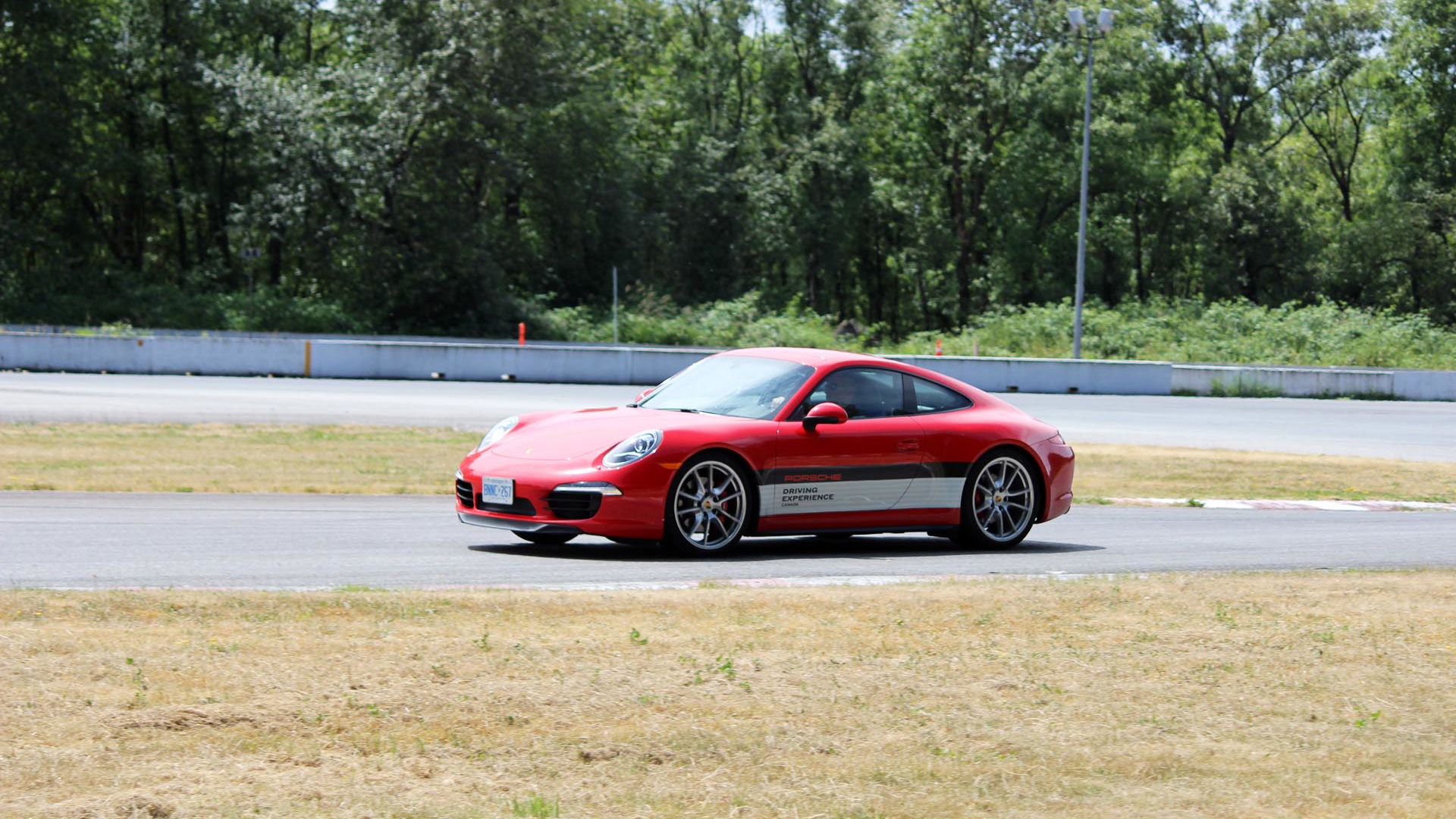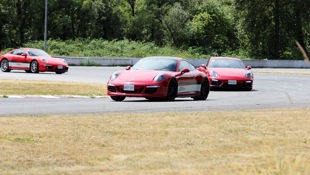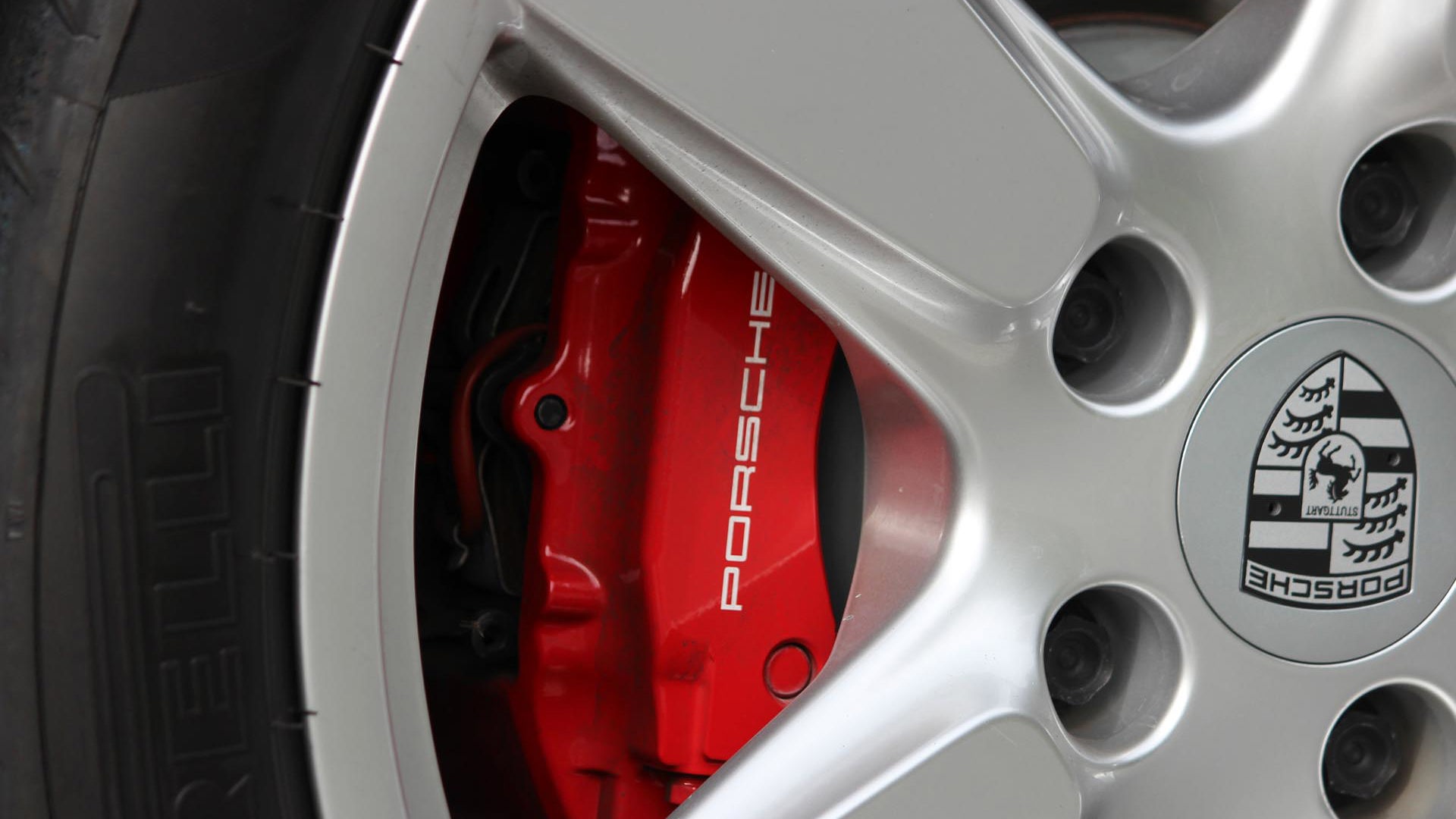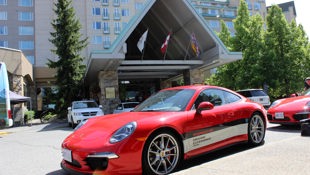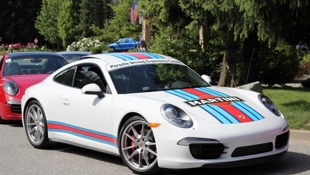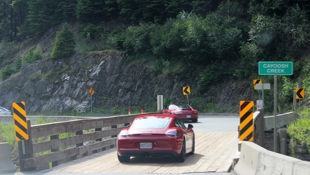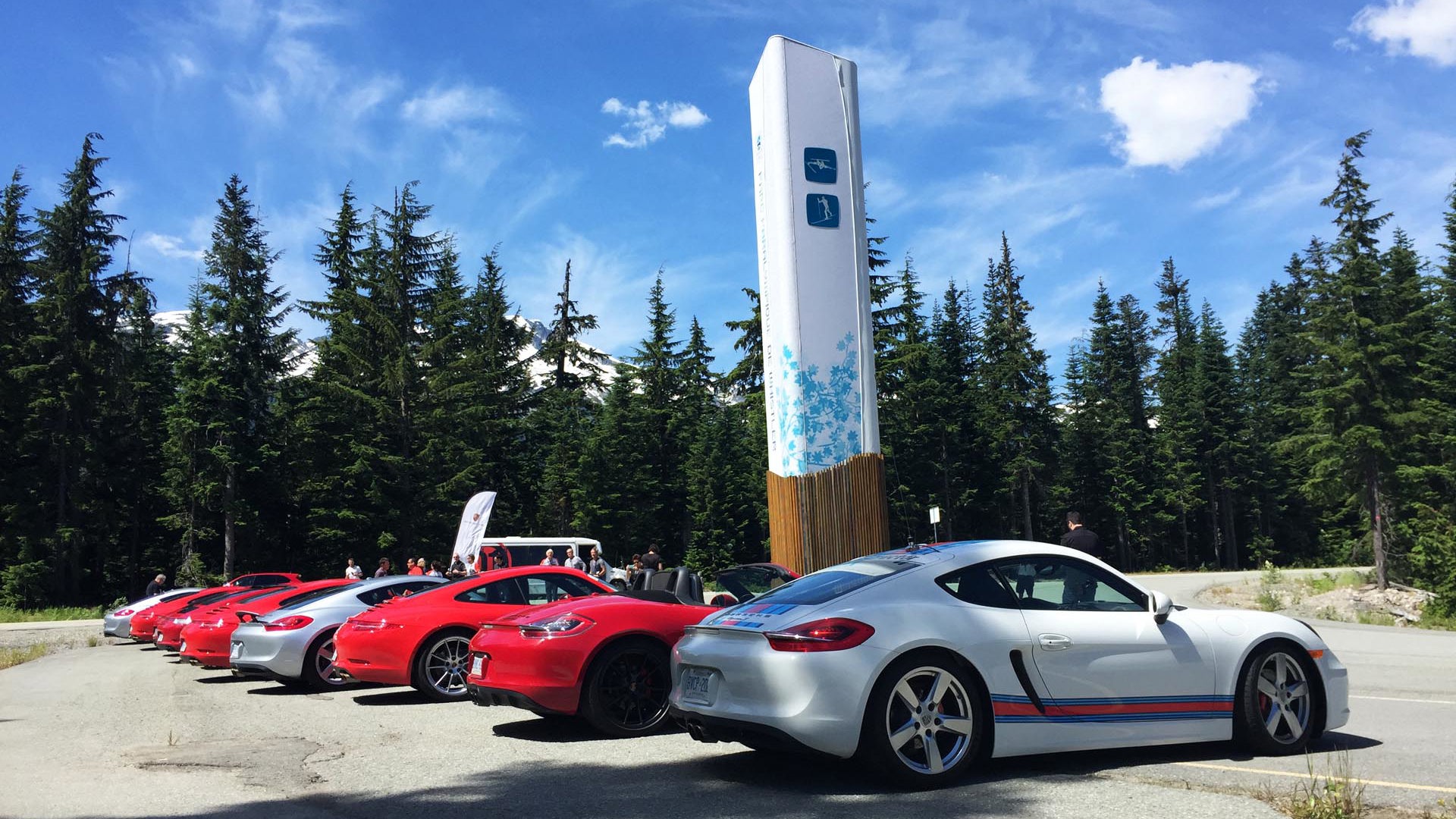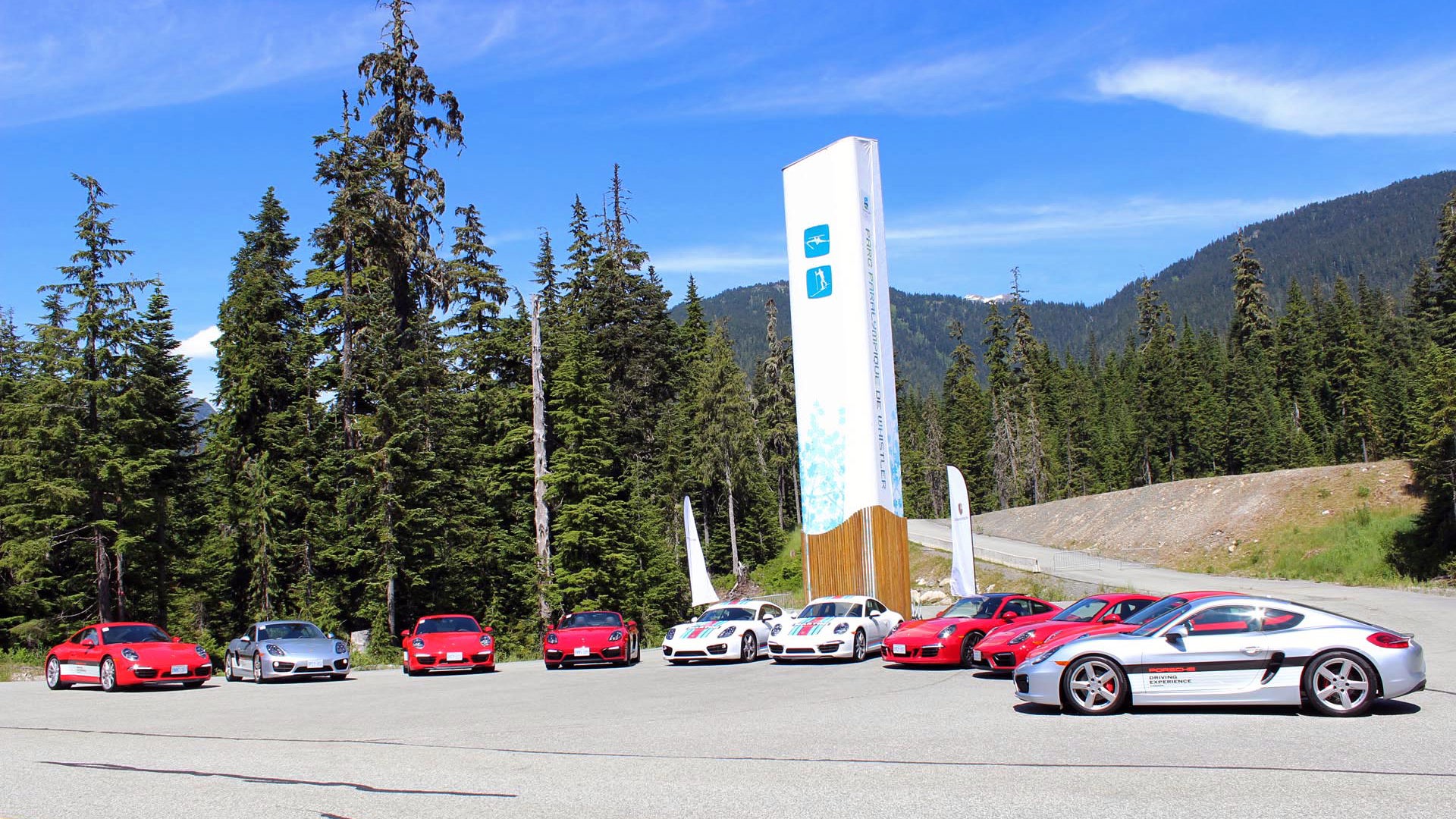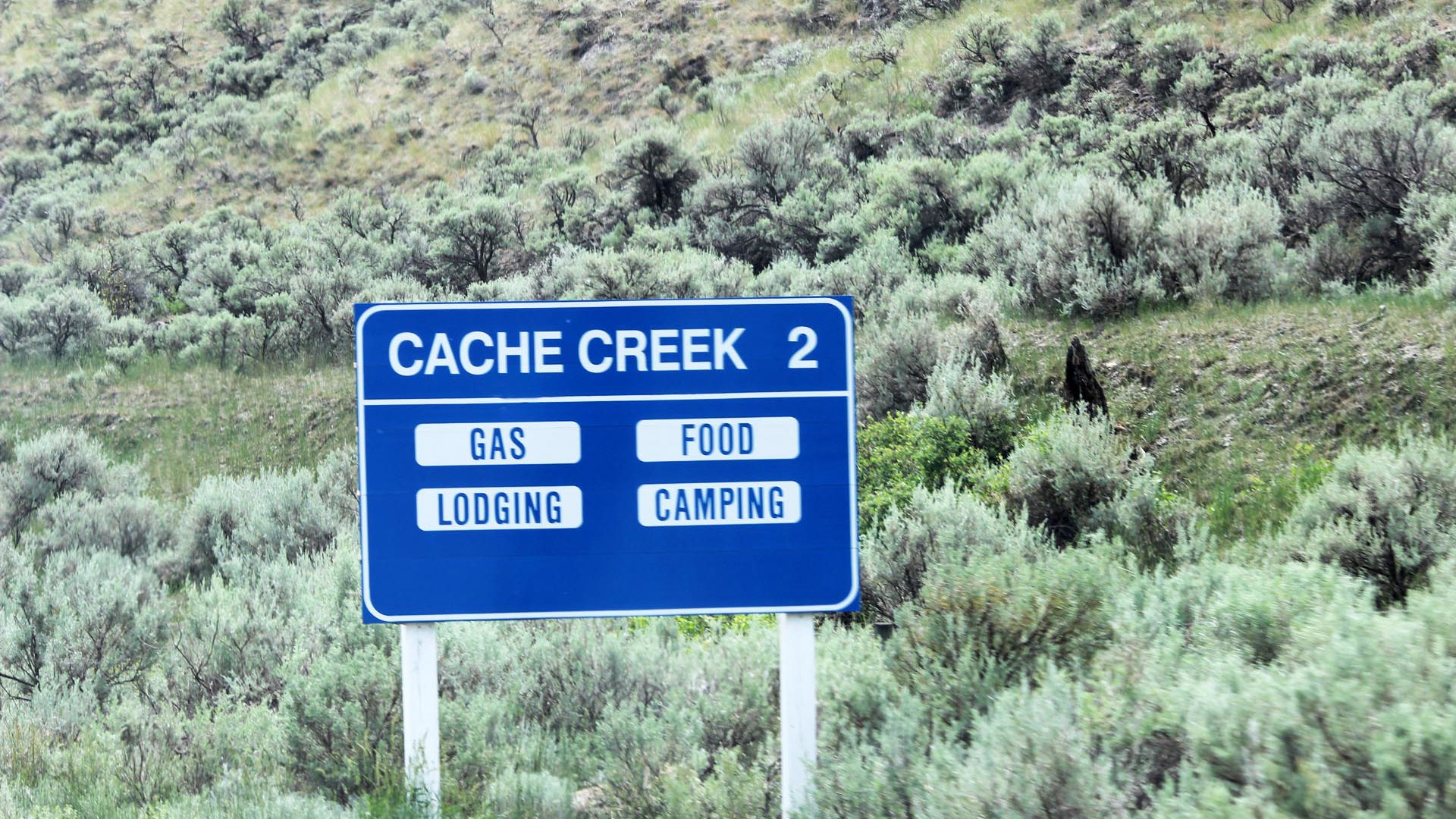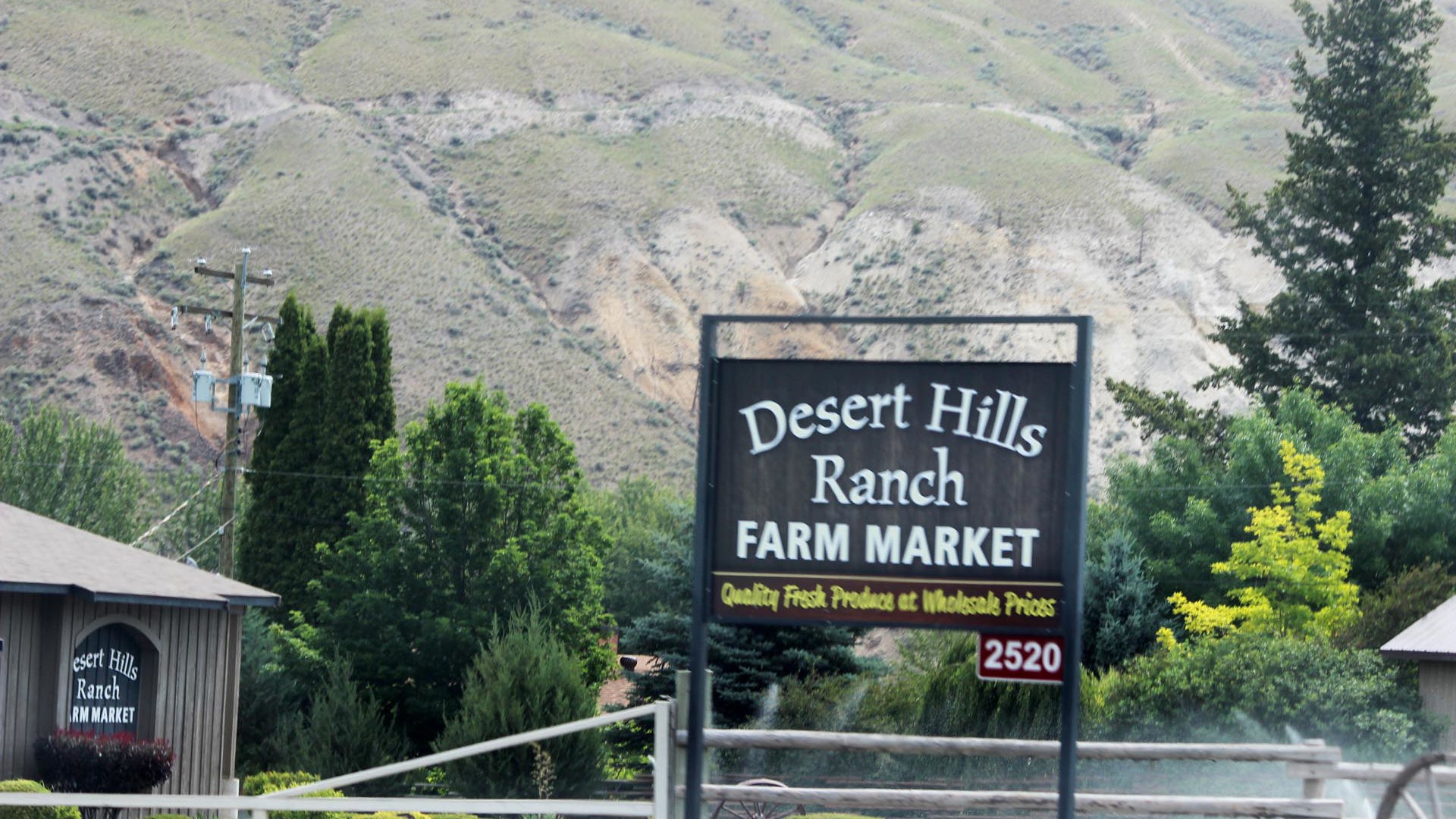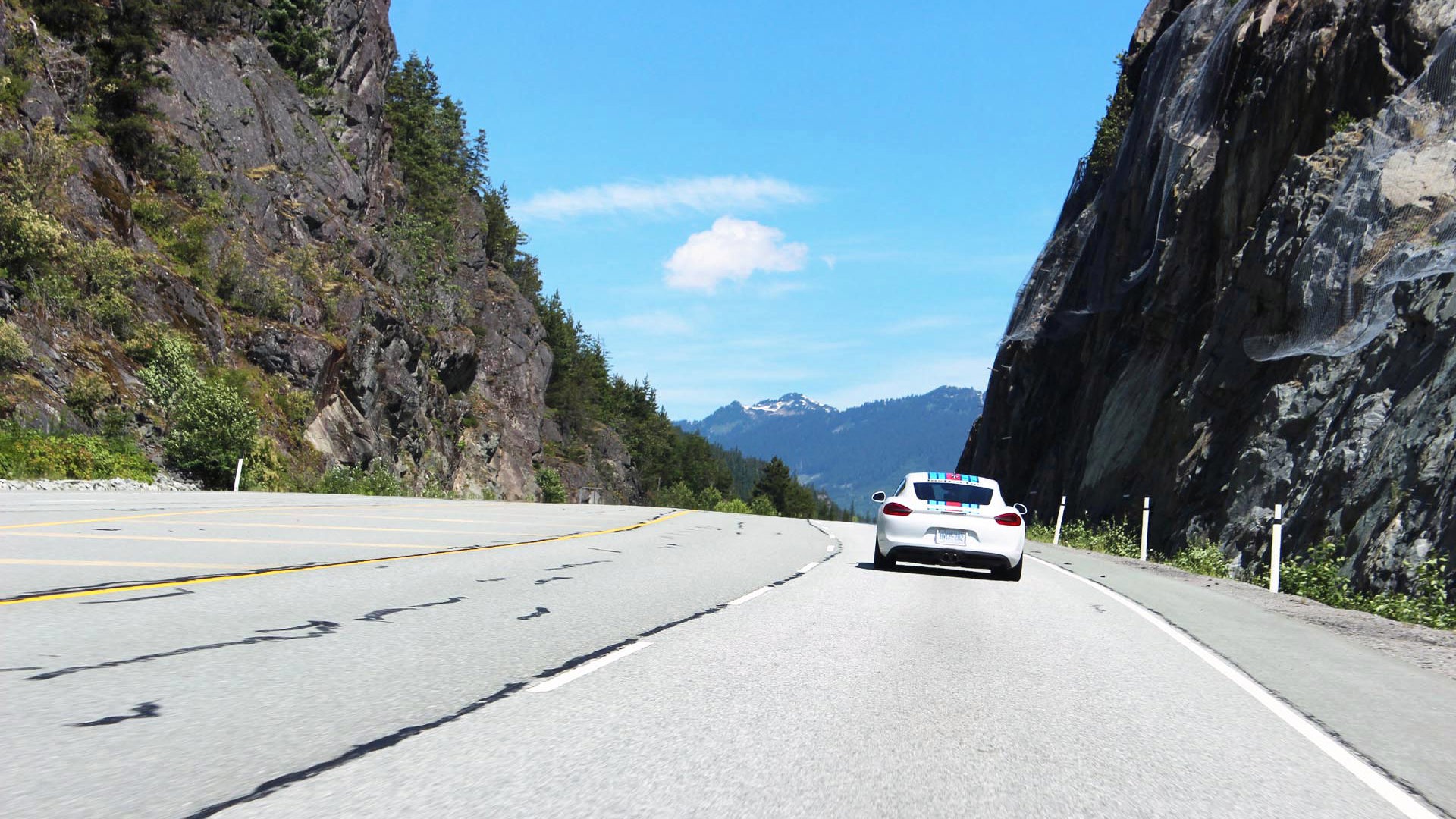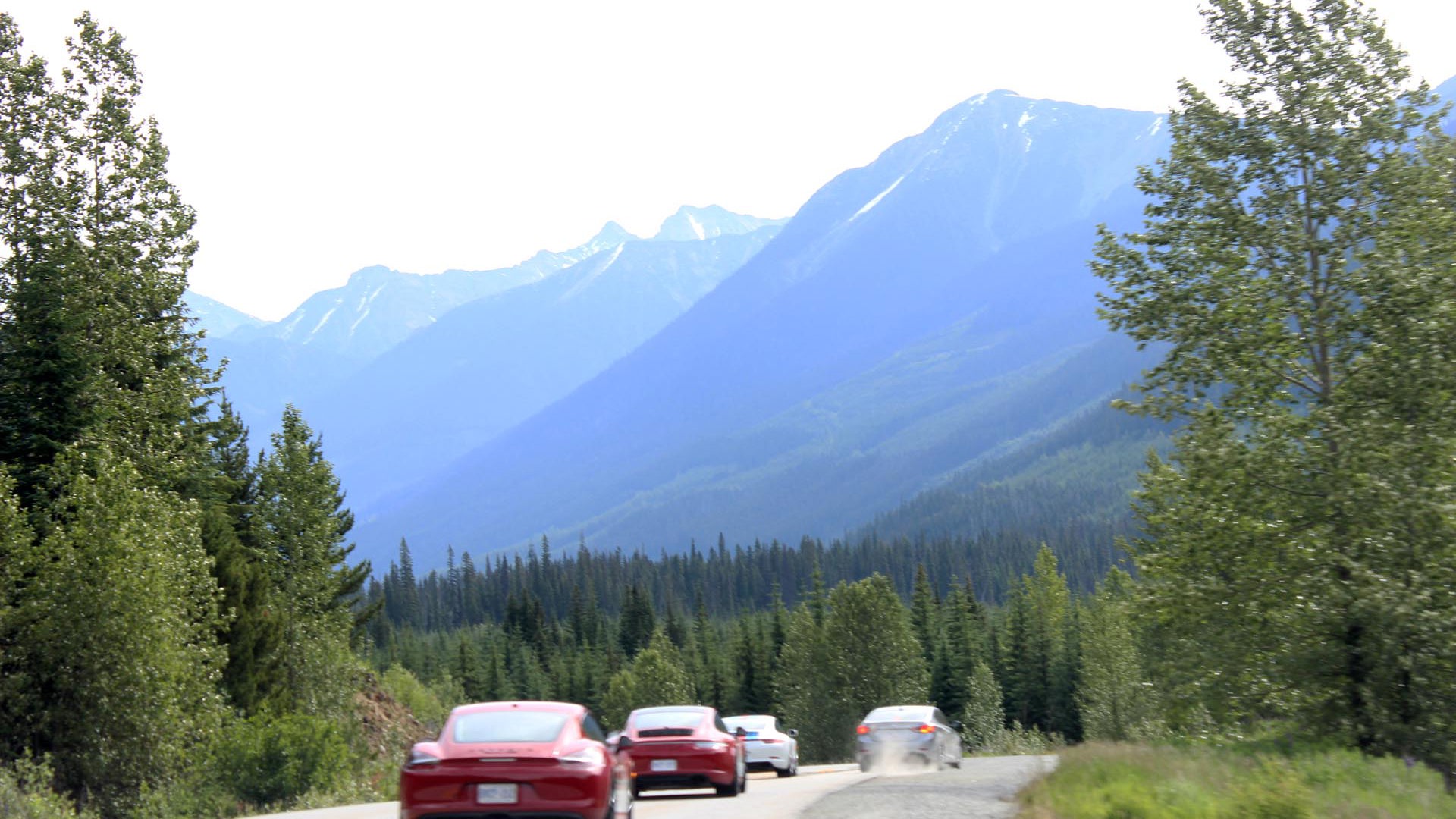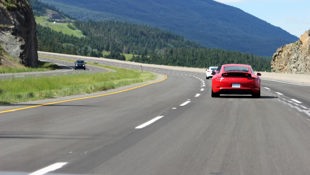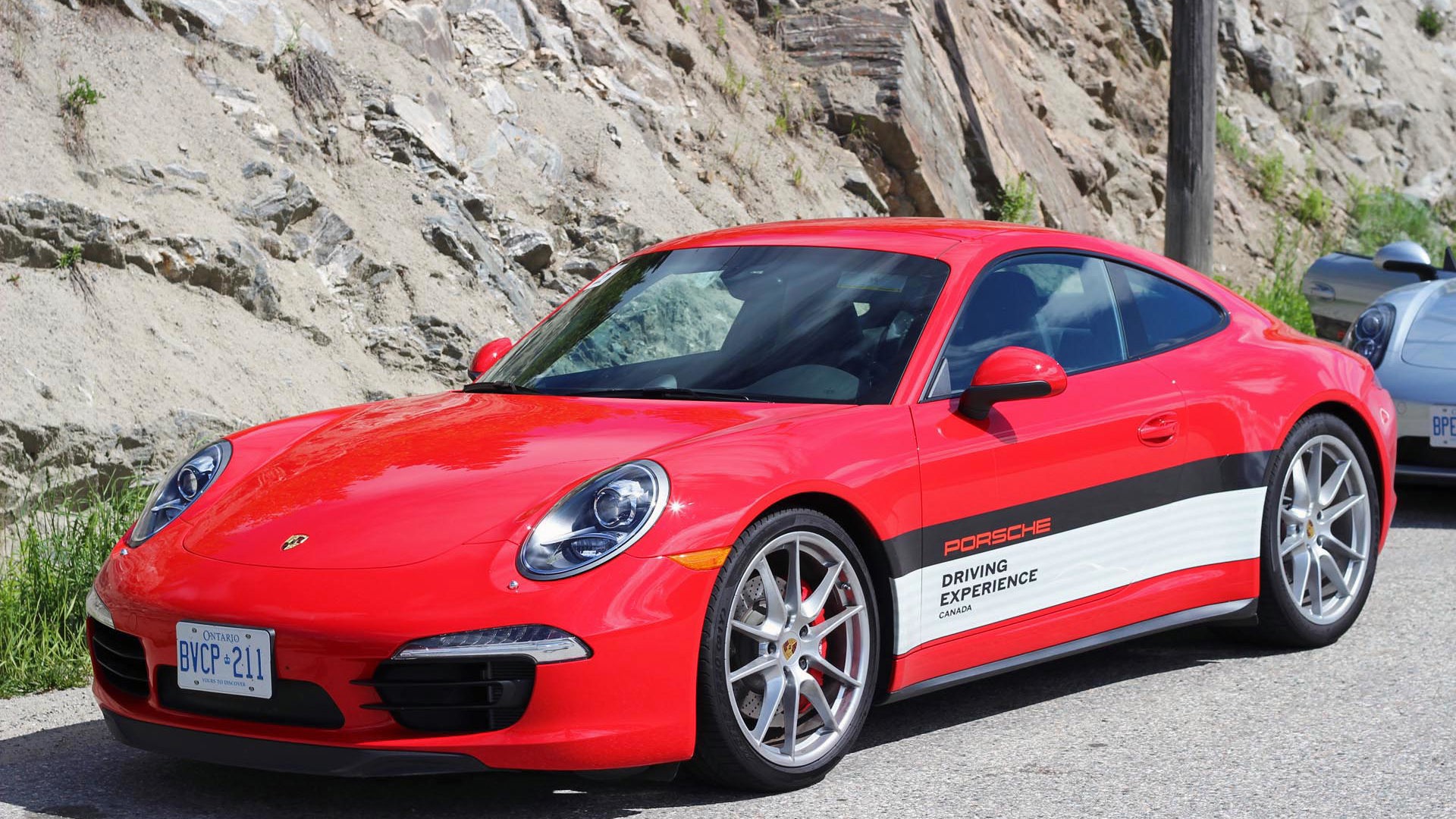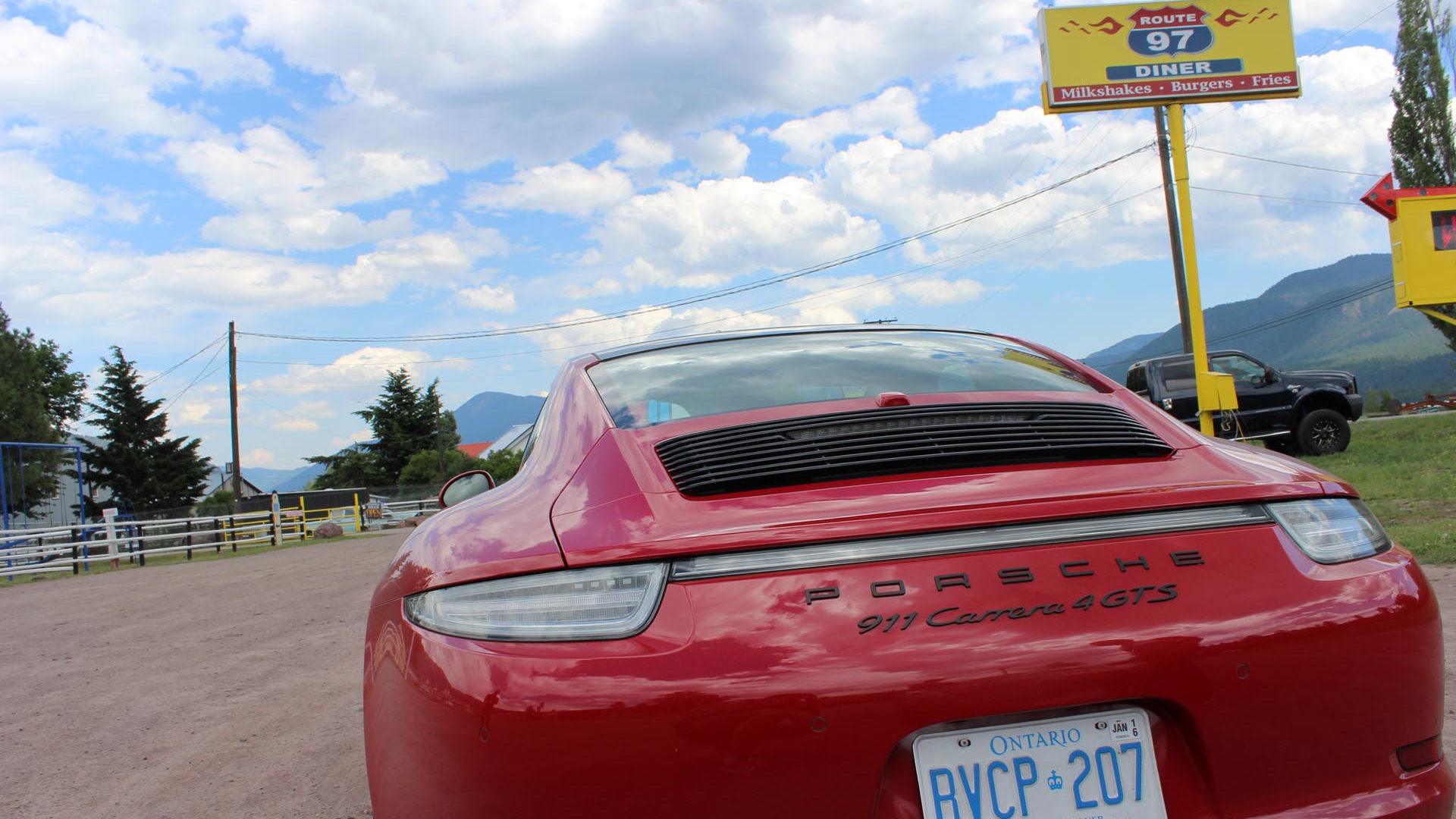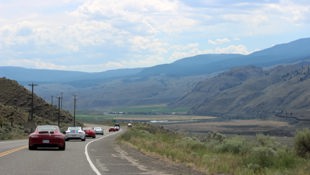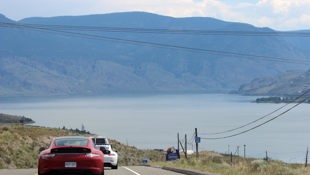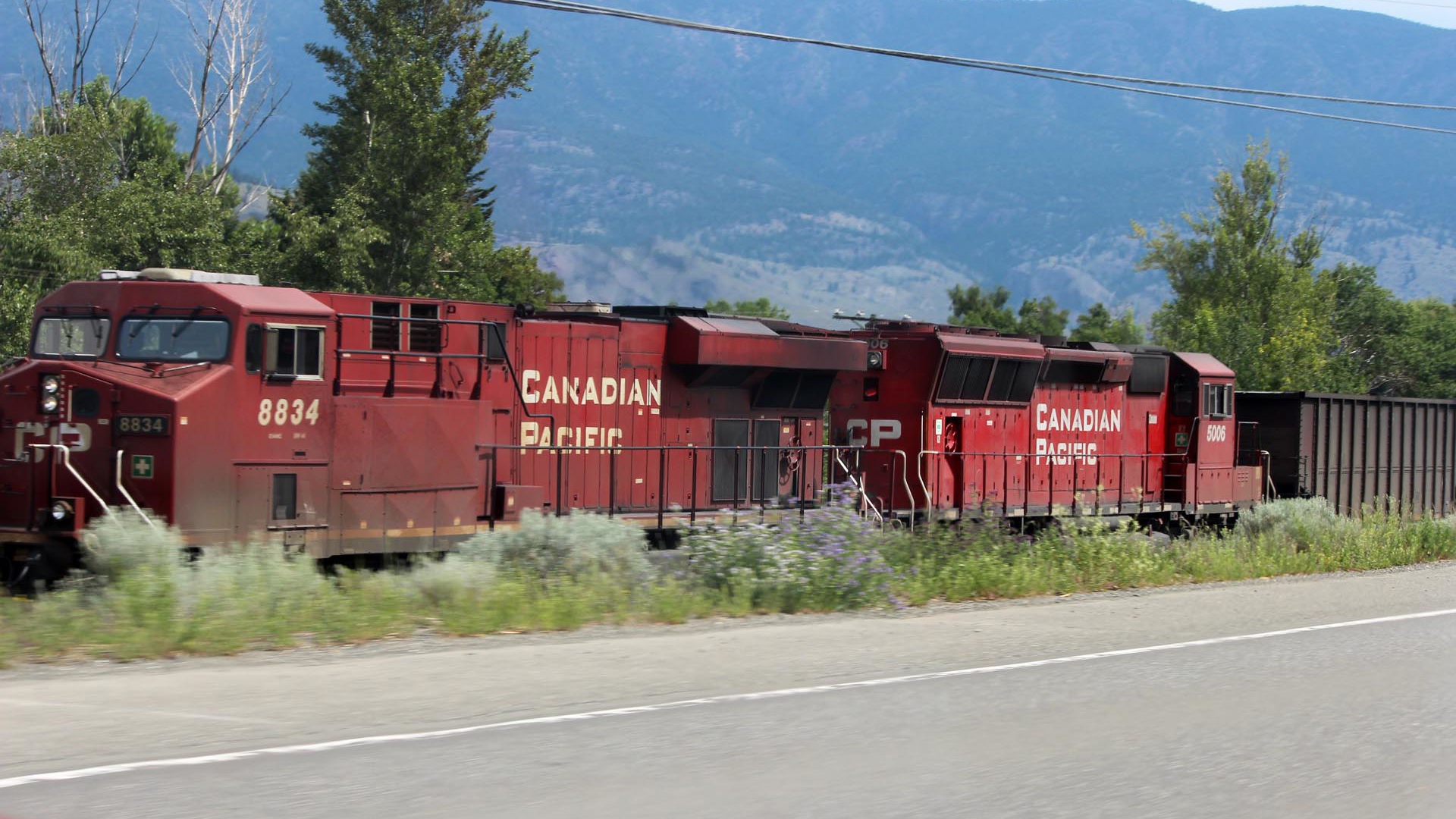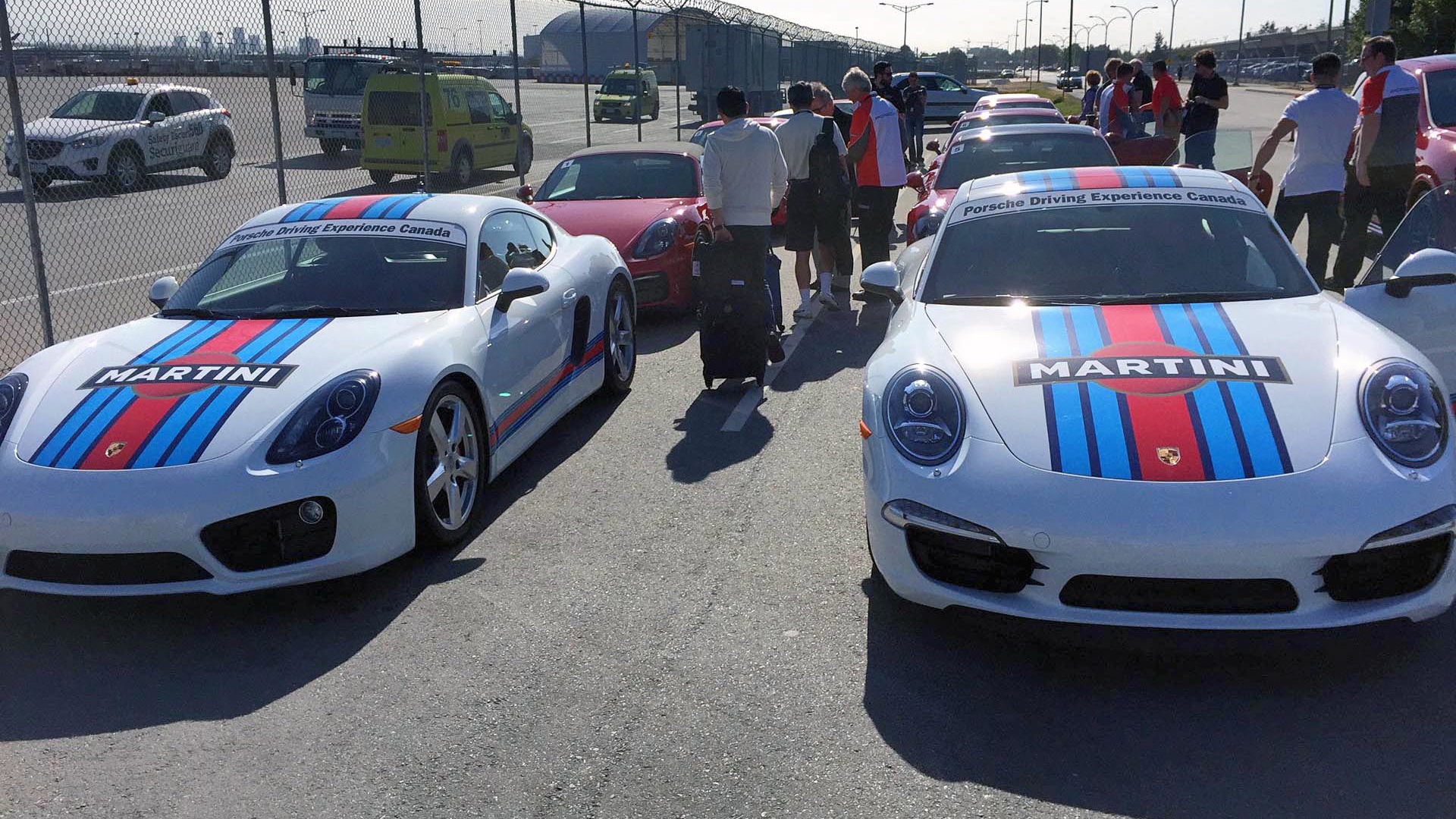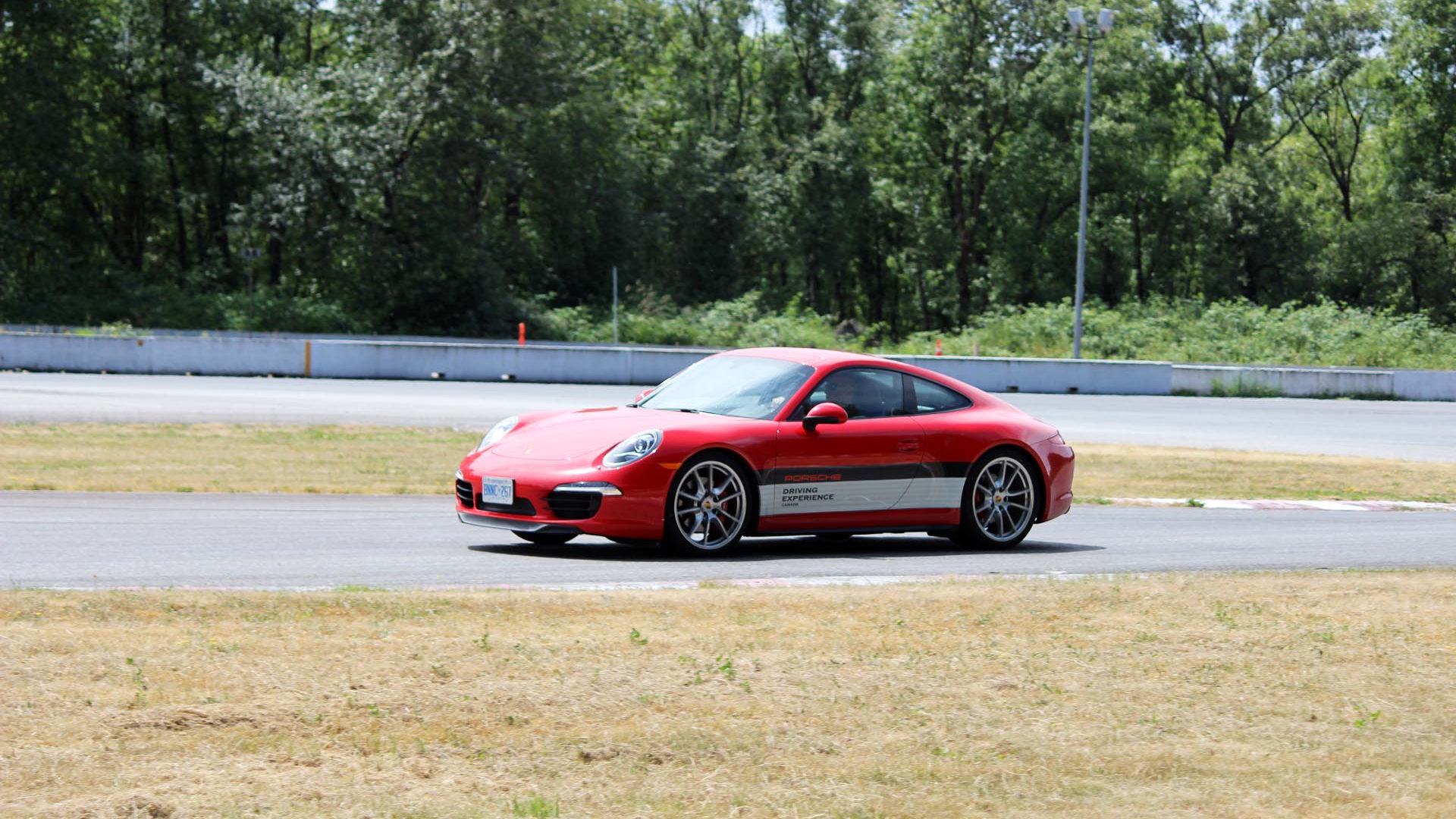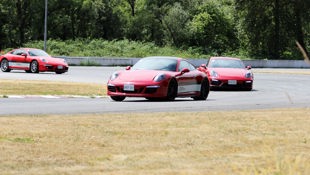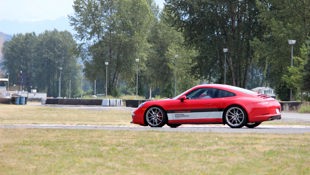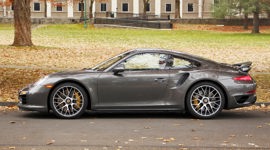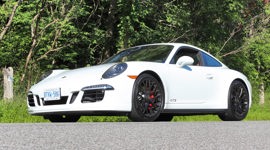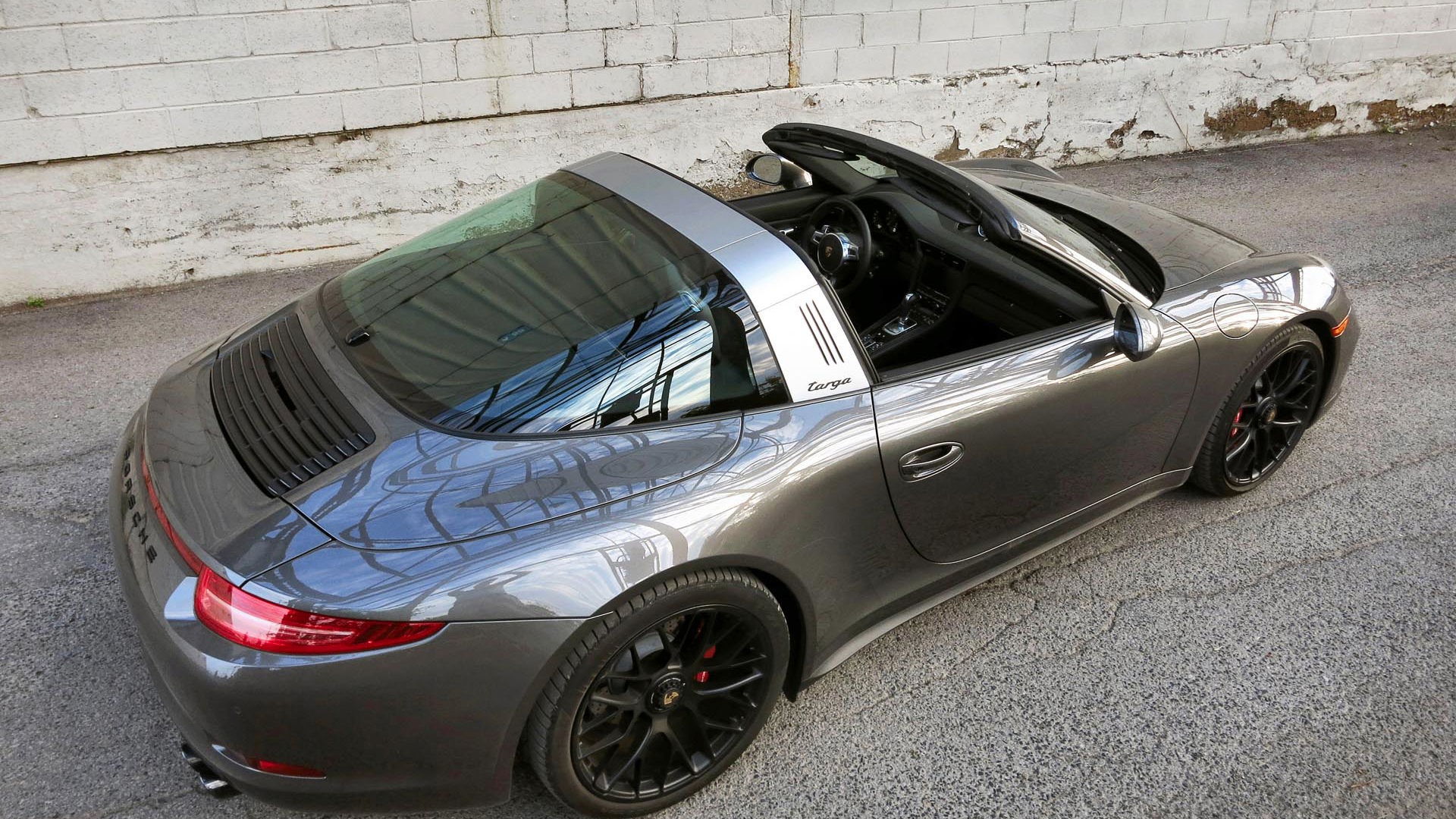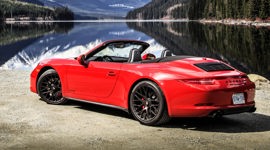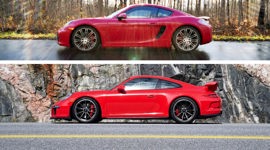 AutoTrader SCORE
AutoTrader SCORE
-
COMFORT7/10
-
PERFORMANCE9/10
-
FUEL ECONOMY8/10
-
INTERIOR8/10
-
EXTERIOR STYLING9/10
What is it about a road trip that revs your engine? Is it the music? (Colleague Jeff Wilson thinks so…) Is it the camaraderie? The romance? Is it the car? Is it the road? What about the sights along the way?
Or is it all of these things?
It doesn’t get much sweeter for a car guy.
In the case of a recent burn through south-central British Columbia it was all of them, and more.
“More” in this case, however, can pretty much be summed up by this: the realization of a dream. I’m sure I’m not the only car person – or travel person, for that matter – that has wanted to tackle the bendiest of bendy roads, preferably in a knife-edged car. For me, though, it was the surprise that I didn’t have to travel all the way to Italy, France, or – for Top Gear fans, Romania – to find the requisite serpentine road.
In fact, I hardly had to travel much further than my own back yard.
Highway 99 starts out of Vancouver as a pretty good road in the first place, albeit one that was neutered a little in the name of safety and ease-of-passage for several thousand people during the 2010 Winter Olympic Games. It’s the main artery between Vancouver – where the hockey and speed skating events took place – and Whistler Village, the host of the lion’s share of the Games’ alpine competitions.
It’s after Whistler, however, that the 99 rips off its traffic warden uniform, and throws on its worn leather jacket and Blundstone boots. For the next 216 kilometres between Whistler and Cache Creek, the good ol’ 99 becomes one of the most addictive ribbons of tarmac I’ve ever experienced this side of a racetrack or the Highway 129 bootlegger route through North Carolina and Tennessee.
That wouldn’t be the end of our journey, however; over the next three days, we’d be making our way to Vernon in the North Okanagan, then back again by way of the spectacular Coquihalla Pass along Highway 5 to Vancouver, a distance of 1,061 kilometres.
Of course, a trip like this requires some serious driving machinery; a 400 horsepower, 325 lb-ft Porsche 911 Carrera 4S, then, would likely do the trick. I’d been assigned to participate in the fantastic Porsche Performance Tour, and it doesn’t get much sweeter for a car guy – especially one who knew that the “K” in “Porsche 917K” stood for “Kurzheck” before he knew that the Martini logo on the flanks was that of a vermouth brand.
Right. The Porsche Performance Tour. Picture, if you will, 16 people split into pairs; some of them Porsche owners, some of them Porsche dealers, some of them having never driven an example of Stuttgart’s finest before. Each pair is then given the keys to a brace of hi-po Porkers, and told to “have at it.” As long, of course, that they stayed with the instructors (in my case, one of whom was retired Porsche factory race driver, Kees Nierop – stories aplenty) who would be leading two separate groups.
If that sounds like a pretty good deal, it is.
While I’d be rotating through five cars – the 911 Carrera 4S, 911 Carrera 4 GTS, Boxster GTS, Cayman GTS and the Cayman S – the C4 is my scalpel of choice for this particular journey. The C4 GTS is a fine tool, no doubt, but a little hardcore for a longer trip (split some more hairs, Dan…). The Boxster and Caymans are good, but if you’ve followed my Big Guy, Small Car series at all, well, you’d understand why, this time, I’d opt for the more spacious Carrera.
Not to mention that it has a pair of back seats perfect for camera bags and duffels, and a front boot deep enough to store both me and my driving partner’s suitcases, plus a couple of other odds and ends. In all my dreaming of Carrera-ing through the countryside, I’d always assumed that I’d have to make use of those rear seats, exclusively, for storage; after three days in the 911, however, loading the frunk was second nature.
Not to mention that a little extra added weight up front does provide a bit of a counterbalance to the engine slung behind the rear axle…
Not that it really needs that, of course. Porsche has been doing both the rear-engine and AWD thing for years, and it knows precisely how to keep its cars on their toes, physics be damned. Plus, as we wheeled through the undulating and off-camber turns from Pemberton to Duffey lake – about a quarter of the way through your journey – a little AWD stability was welcome.
The feeling you get as soon as you slip behind the three-spoke steering wheel is one of the more blissful experiences a motorhead can have. It sits, right there, perfectly within and oh-so-nicely into eager (if a little sweaty) palms.
The seat coddles you, firmly squeezing your hips and shoulders; if you want more, then you can opt for the Adaptive Sports Seats Plus package, which allows you to modify your side bolstering. Yes, the seats in our tester were firm – some may find them to be a little too much so – but then, this is a sports car, first and foremost and Volvo-like chairs, well, just wouldn’t work.
Plus, you tend to forget all that as you settle in. Indeed, as soon as you peer out through the steeply raked windshield, over the magnificent front wings and down the winding road ahead, you realize that all that matters is that road must be conquered, end of story.
Which is how we felt as we convoyed out of the glorious Fairmont Chateau Whistler hotel in the Whistler’s upper village on a crisp June morning. The Chateau is a spectacular edifice in its own right, but I dare say it wilts a little when a gaggle of silver and red (two types: Guards and Carmine) Porsches adorned with Performance Tour liveries burble past, 10 flat-6s firing in unison: “1-6-2-4-3-5, 1-6-2-4-3-5, 1-6-2-4-3-5...”
We’d have to wait a little, though, before we were able to tackle the spectacular Duffey Lake Road portion of the 99. Being so close to what was the hub of world athletics just over five years ago, and being at the wheel(s) of such athletic cars, we had to make our way to what’s called Olympic Park, site of the Nordic events.
That’s no bad thing, though. While not quite as serpentine a road as we’d soon encounter, Callaghan Road leading to Olympic Park is still one that will challenge both driver and car. Not to mention it leads to a spectacular photo op at the Park’s entrance, where the marking obelisk from 2010 still stands.
Eventually, however, we made it to Duffey Lake, about 80 clicks out of Whistler. As we made our way forth, with nothing ahead of us except the rump of the Cayman GTS, this whole thing began to come sharply into focus. What driving a Porsche on roads as pristine as these is all about.
You start out tentatively at first, because there are turns aplenty here and traffic or no traffic, the rock wall on your right and soft shoulder leading to a pastel blue lake on your left gives you pause.
Then, however, you realize that thanks to the road being widened recently, the view forward over those bloody great big wings is wider than originally thought, and you begin to relax a little, and let the road flow underneath you.
You start to clip apexes a little more closely, you begin to use a little more of the road than you normally would as the rhythm increases. Of course, as you begin to further explore the capabilities of the chassis beneath you, that fantastic, metallic and oh-so-classic sound from the flat-six through the twin rear tailpipes increases; louder, louder, louder still and echoing off the canyon walls as if it’s asking you to push that much more. So you do, swooping from apex to apex, with an occasional thump-thump-thump as your tires clip the grooved center line.
You’ll feel it every time, because even though the steering was switched to an electronic power-assist set-up for the 991 generation, Porsche, being the great folks that they are, have managed to make the transition without completely robbing the rack of any feel. Yes, it may not be quite as detailed as a hydraulic setup, but I still haven’t met anybody who has had their 911-love dampened at all by the change. That’s probably because it makes it that much more livable around town and at slower speeds.
It’s kind of the same story with the seven-speed Porsche Doppelkupplung (PDK) dual-clutch transmission, a $4,660 option on our car (and on the rest of the group’s models, too). It’s not quite as involving as a row through a proper H-pattern manual box, but its whip-snap gear-change action never fails to impress. Plus, its three modes of action (Standard, Sport and the ultra-aggressive Sport+, the latter a part of our car’s $2,710 Sport Chrono package, which also provides active engine mounts) means that even the most seasoned anti-automatic drivers will find something that they can live with. Heck, I just left it in manual and treated it as if it were a proper stick shift, using it for engine braking just as I would if I were using a clutch.
You can also pull back on both paddles – as guided by the instructors through walkie-talkies – to engage neutral for coasting, saving gas in the process. Indeed, even after being driven slightly in anger, we saw 10.3 L/100 km of fuel usage, which is fantastic considering we rarely made use of said “coasting” mode. I mean, come on! You’re in a Porsche Carrera 4S! On a road that would make certain parts of Germany’s Nürburgring Nordschleife blush! Who wants to coast?
Well, even I have to admit that it gets a little hairy as you reach the end of that 216 km, where 99 drops fiercely as it joins Highway 97C. From surface quality to gradient angle (lots of warning signs for trucks) to the severity of the hairpin bends, this part of the road takes a lot of concentration. The fantastic vistas of the Coast Mountains ahead, meanwhile, add yet another layer of driver distraction, so you have to be sharp.
After that manic descent, however, the drive to our stopping point for the night in Vernon, BC (at the fabulous Sparkling Hills resort just behind the Predator Ridge golf course) is a more relaxed one, where that other aspect of the 4S comes to the fore, and that’s its abilities as a grand tourer as well as a B-road blaster. It gave us a chance to experience the excellent 12-speaker, 445-watt Bose audio system, which is a little finicky to operate thanks to a set of smallish buttons–made even tougher by said walkie-talkie occupying the left-side cupholder – but the audio is fantastically clear. It has to be, because it needs to compete with the spectacular exhaust note that fills the cabin.
Thanks to the optional Sport suspension fitted to our car, the ride is firmer than normal, and can be turned up to 11 (“Sport” mode) with the press of a button. It also has the car sitting 20 millimetres lower, which does wonders for its profile. For the drive both to Vernon and on the Coquihalla back to Vancouver the following day, though, leaving the button alone would do just fine.
While the drive along the 97C from Cache Creek to Vernon is low on driving thrills, there are a plethora of sights to enjoy. The Route 97 Diner, for example, does its best U.S. Route 66 roadside diner impression by offering comfort food, and having a selection of old cars parked out front, and it does well to recall some of the sights seen along The Mother Road.
From there, we made our way to our final day two destination, the fabulous Sparkling Hills resort; “Sparkling” because it’s decorated by folks that work with Swarovski crystal, and the resort itself was developed by the Swarovski family. It may take a while to realize it at first, but the crystal chandelier in the lobby represents a waterfall. That red-lit kaleidoscope of crystals in a glass case at the foot of your bed? A fireplace.
The “Hills” part of the resort’s title is important as well; a walk around the grounds provides a fantastic, breathtaking 360-degree view of the surrounding area, as if you were perched in a palace, overseeing your land below. Fantastic, and the perfect backdrop for the equally gorgeous machines we arrived in. The fact that an original-spec Boxster – complete with “986” script on its rear bumper – just happened to be there when we arrived was the cherry on top.
Bison roast consumed, Nierop war stories listened to and one final walk around Sparkling’s ground completed, it was time to settle in and steel ourselves for the 463 km journey we’d be undertaking the following day.
Of course, Highways 99 and 97C are great, but if vistas are what you’re after, there’s very little ‘round here that beats the Coquihalla. Maybe it’s because it takes you across the Coquihalla Pass at 1,244 metres above sea level; maybe it’s because for a stretch, every exit is named after a character from Shakespeare’s canon; or maybe it’s because it offers a 120 km/h speed limit for long, long stretches.
Yep, that last one. That last one’s gotta be it.
Especially when you’re in a car that has a top speed of 297 km/h, like the 911 Carrera 4S does. Really, 120 is kind of a walk in the park for these cars, and we’d be happily cooking along right at the limit, and it could have been a Sunday drive to the store with how easily the 911 ate the miles.
It’s also at 120 km/h that the standard active rear wing automatically deploys, giving the impression from the rear that the C4S is ready to attack. Then, it stows itself as you drop to 80 for yet another bend, only to elegantly deploy on the next straight, as if you can actually see the car breathing.
If heaven had roads, chances are they’d look something like this.
While I would love to end on that note, the Porsche Performance Tour also features some track time, which, apart from the drive back to our starting point at Vancouver International Airport, is really the last chance you have to really get acquainted with these cars.
So, with that in mind, we set off to Mission Raceway, ready to see what all of our steeds could do with the shackles off (almost completely; TCS had to stay on, and we were still governed by our leaders, who set the pace ahead of us).
For all the adulation I’ve heaped on the Carrera 4S, the rest of the group comes a little closer to it – and indeed, surpasses it at some points – when it comes to tight turns and long sweepers on the track. At 1,445 kilos, the 4S is not an especially light car, and the mass begins to show itself in this instance. I wouldn’t go so far as to say the group’s least expensive car – the Cayman S – is 100 percent the better track tool, but it is the more accessible one.
That’s the thing about the C4S, though: you have to learn its mannerisms on the track, as it’s not quite as point-and-shoot as the Cayman is. For example, your brake and steering inputs need to be adjusted in order to get that mass of the rear-mounted engine settled and ready to help the car rotate through a bend. Once you do, though, the benefits of AWD arrive once again, as power is distributed to the wheels that need it, and you’re fired down the road with gumption. It’s a learning process, but then, it should be because it helps remind you that pushing it like this should be reserved for the track.
Thing is, though, for the 911 Carrera 4S, any track abilities it displays really are a bonus. Of course, you can up the 4S’s track cred by adding features like the Sport Chrono package, ceramic brakes ($9,730), or the Powerkit (+30 hp, active engine mounts, sports exhaust, upgraded intake manifold, valves and radiator: $20,320), but Porsche has models like the GTS and GT3 that are better suited for track use, so if you’re going to be doing that, go for one of those.
However, if you’re planning on regular B-road blats and the occasional road trip, the C4S is absolutely the perfect partner.
As far as my trip goes, well, it was everything I’d hoped it would be. Really, if you envision yourself traipsing through the countryside or mountains in something this special, the Porsche Performance Tour hits the nail on the head. Come to think of it, it’s pretty amazing that it even exists in reality, because it’s surely made up of the same stuff found in many a gearhead’s dreams.
Pricing: 2015 Porsche 911 Carrera 4S
Base Price: $120,500
Options: $18,600 (Power Sport seats – $2,650; Bose audio package – $2,420; PASM Sport Suspension – $1,020; PDK – $4,660; Power sunroof – $1,700; Sport Chrono package – $2,710; SportDesign steering wheel – $560; Painted centre caps – 220; Premium package – $2,660 )
Freight & PDI: $1,085
A/C Tax: $100
Price as tested: $140,285
| Warranty: 4 years/80,000 km; 4 years/80,000 km powertrain; 12 years/unlimited distance corrosion perforation; 4 years/80,000 km roadside assistance Competitors: |
